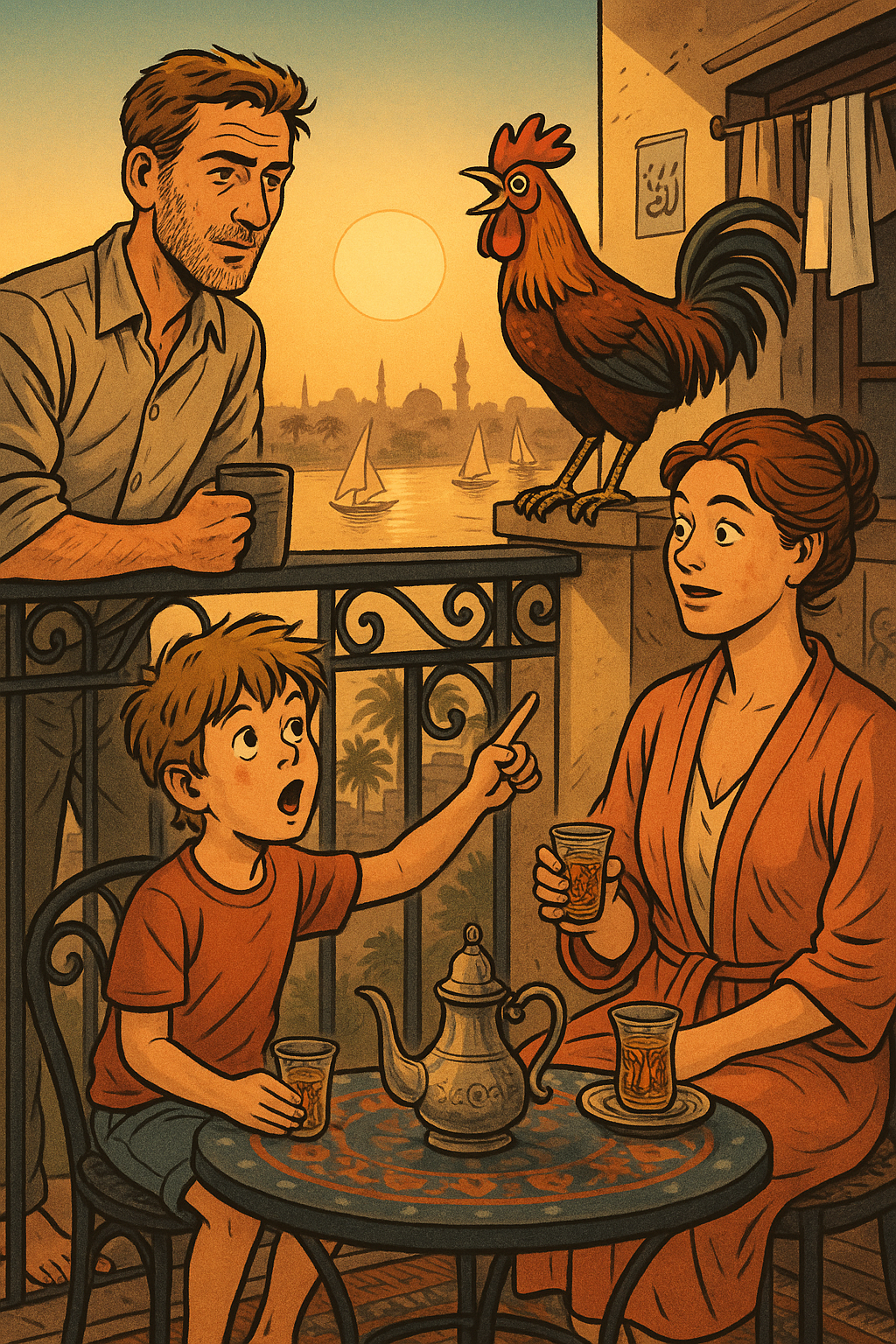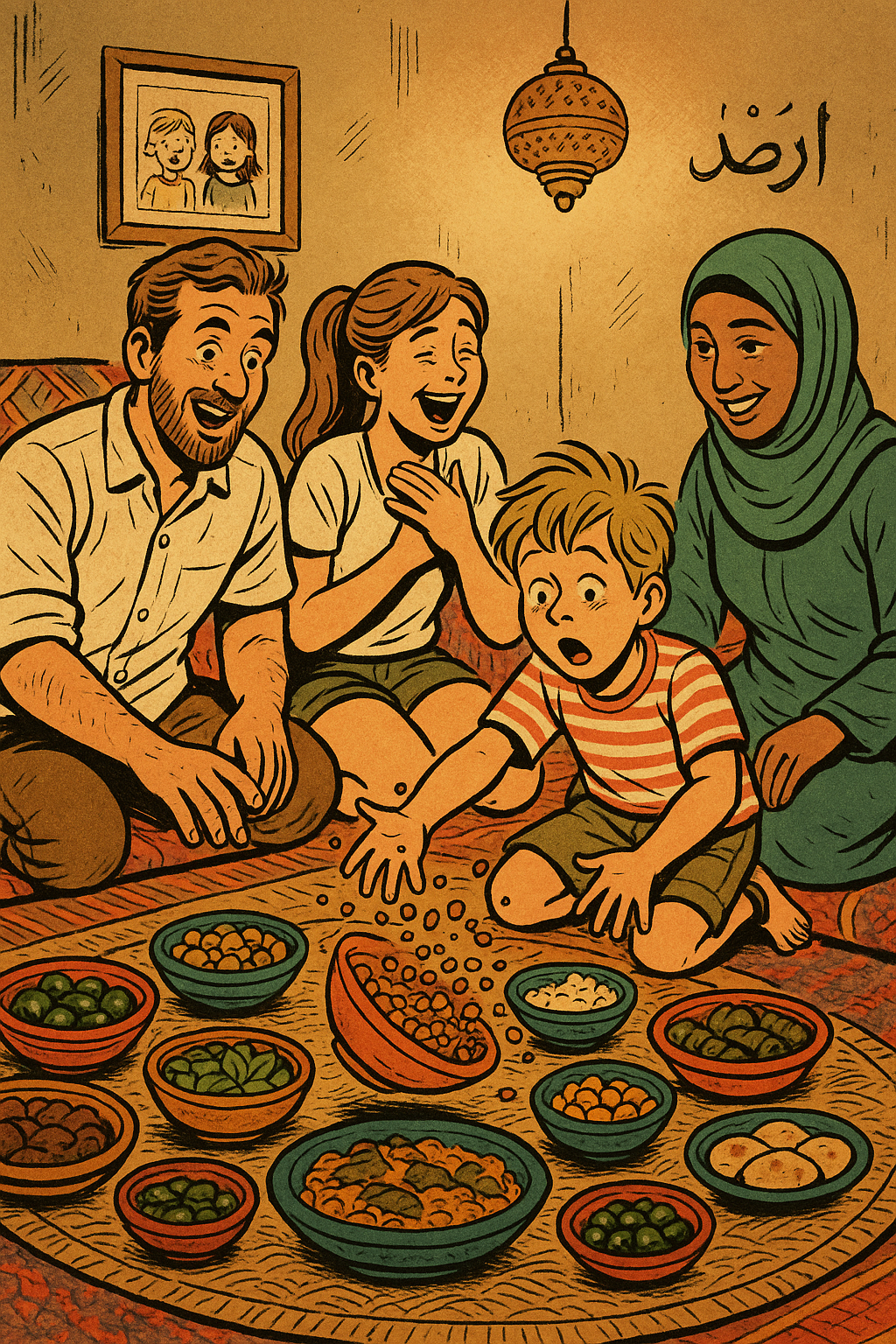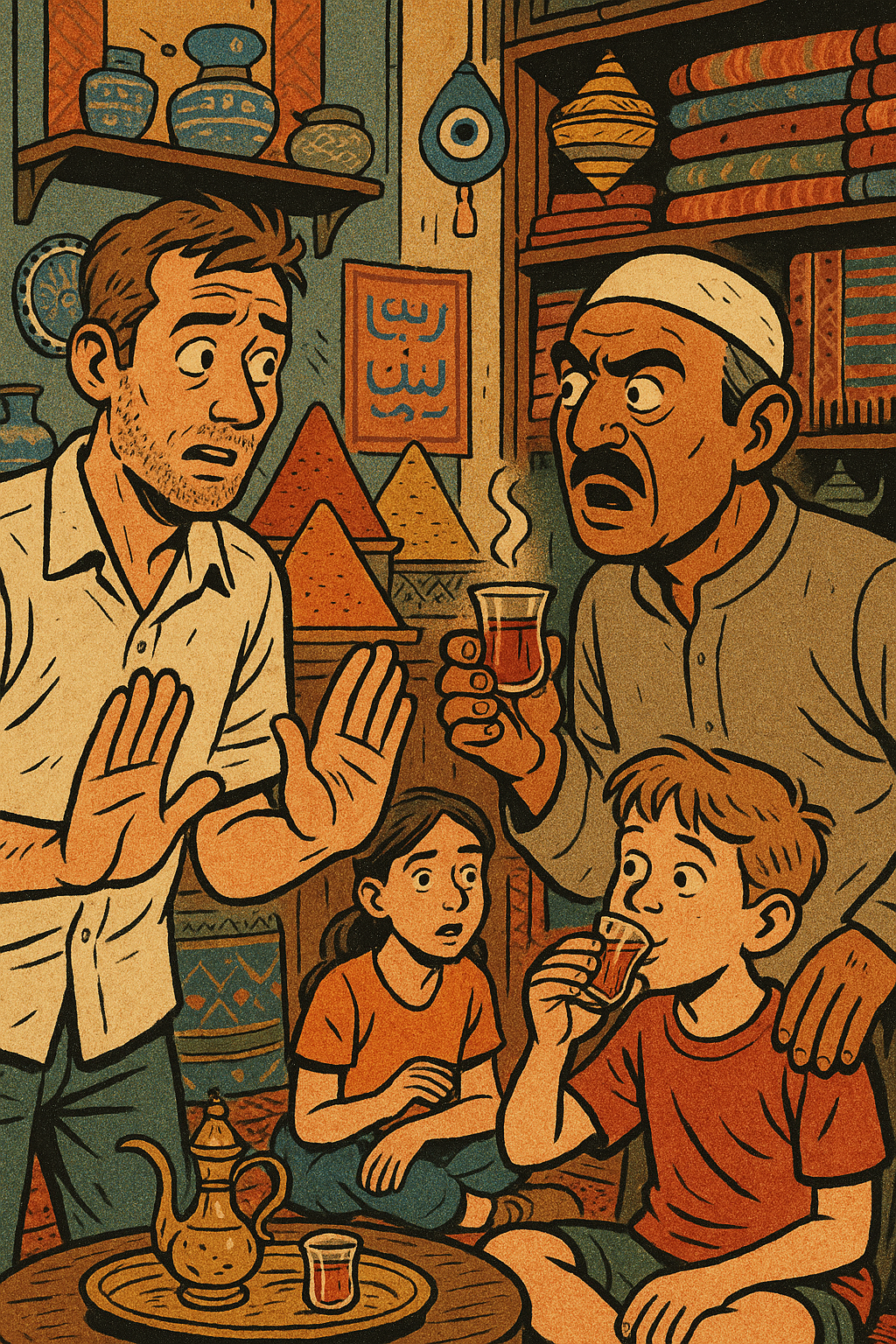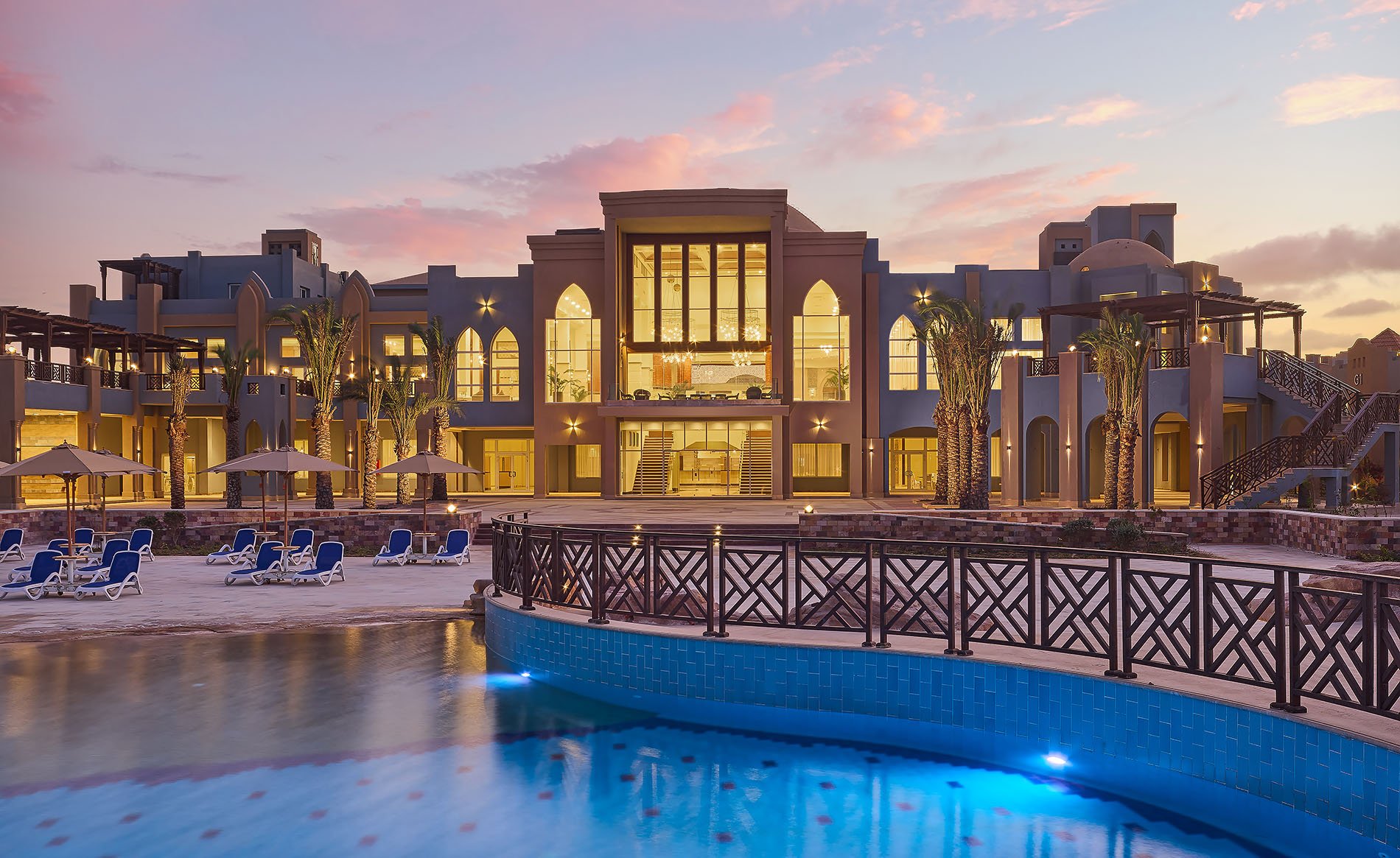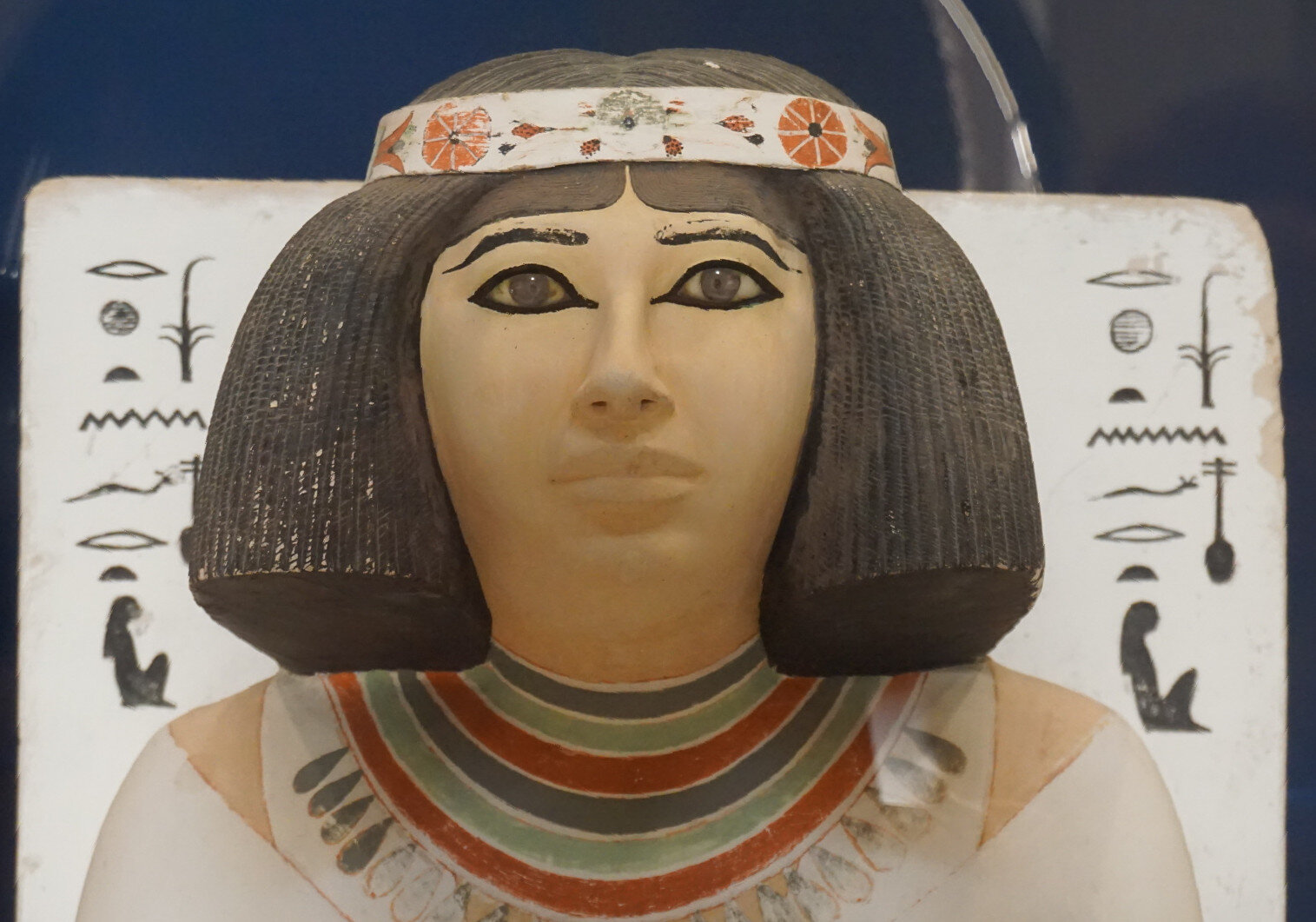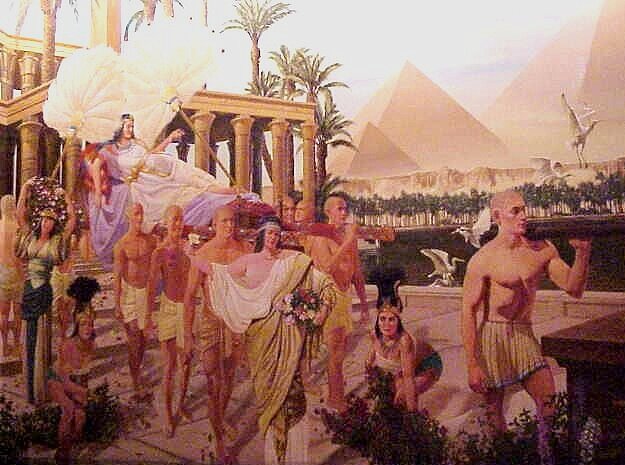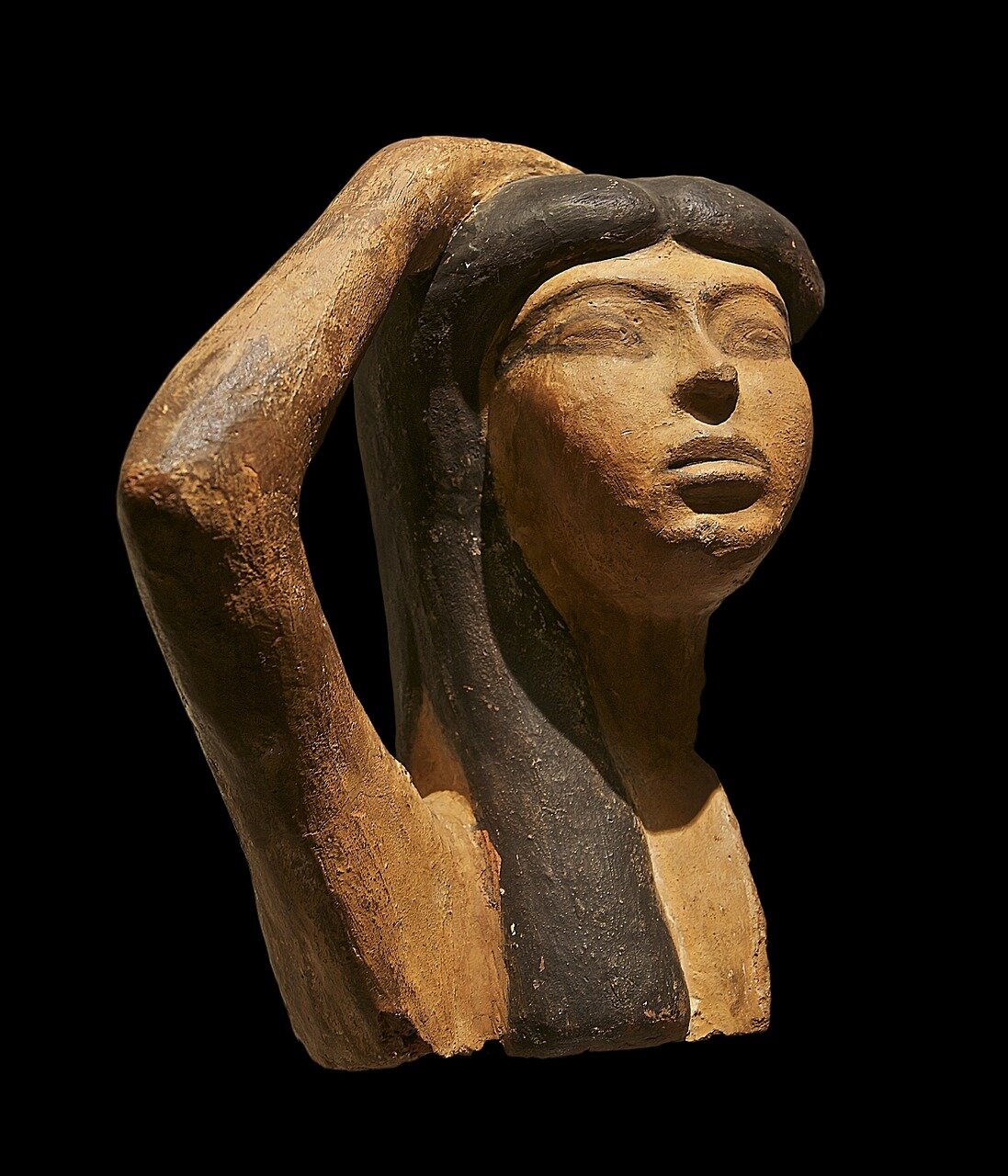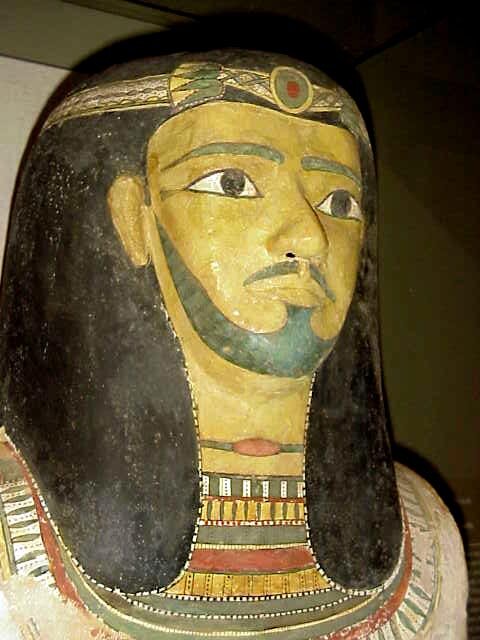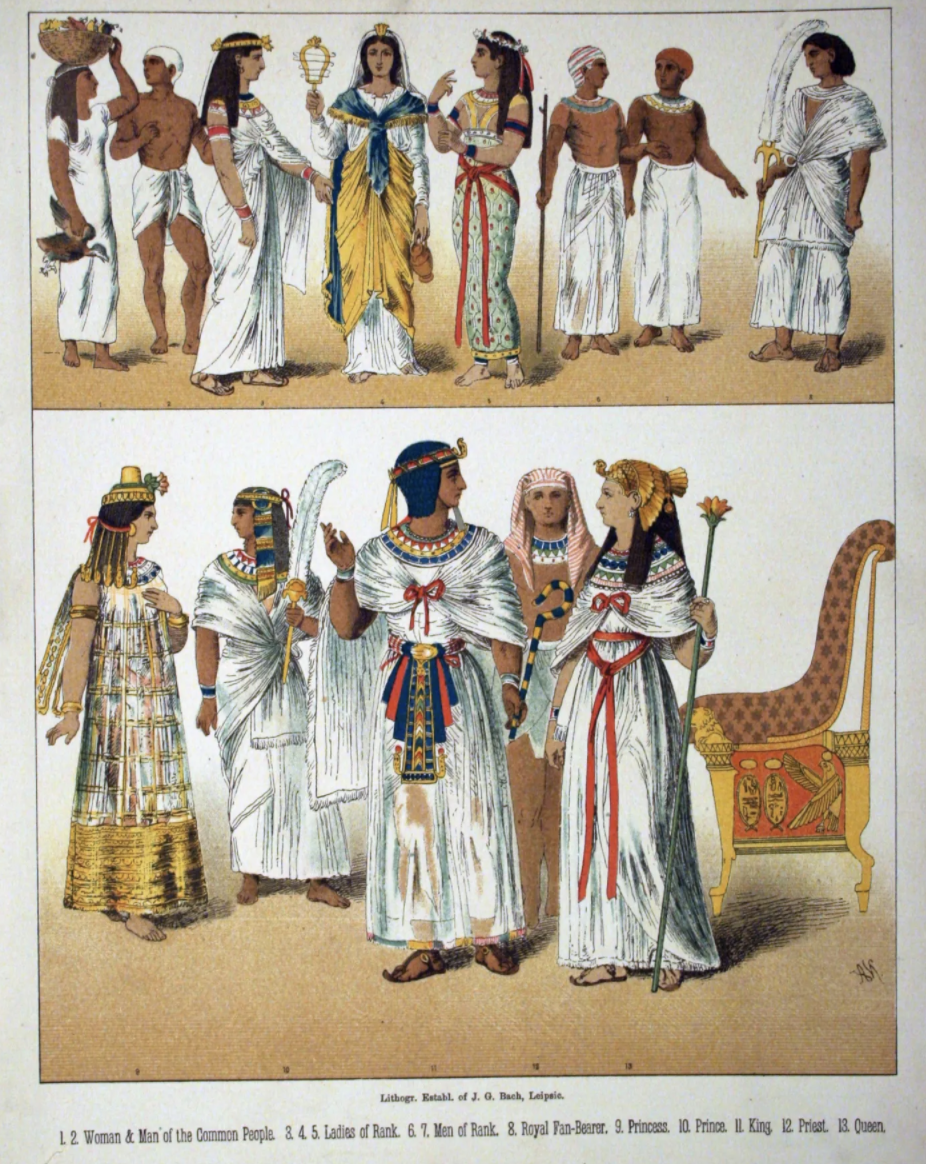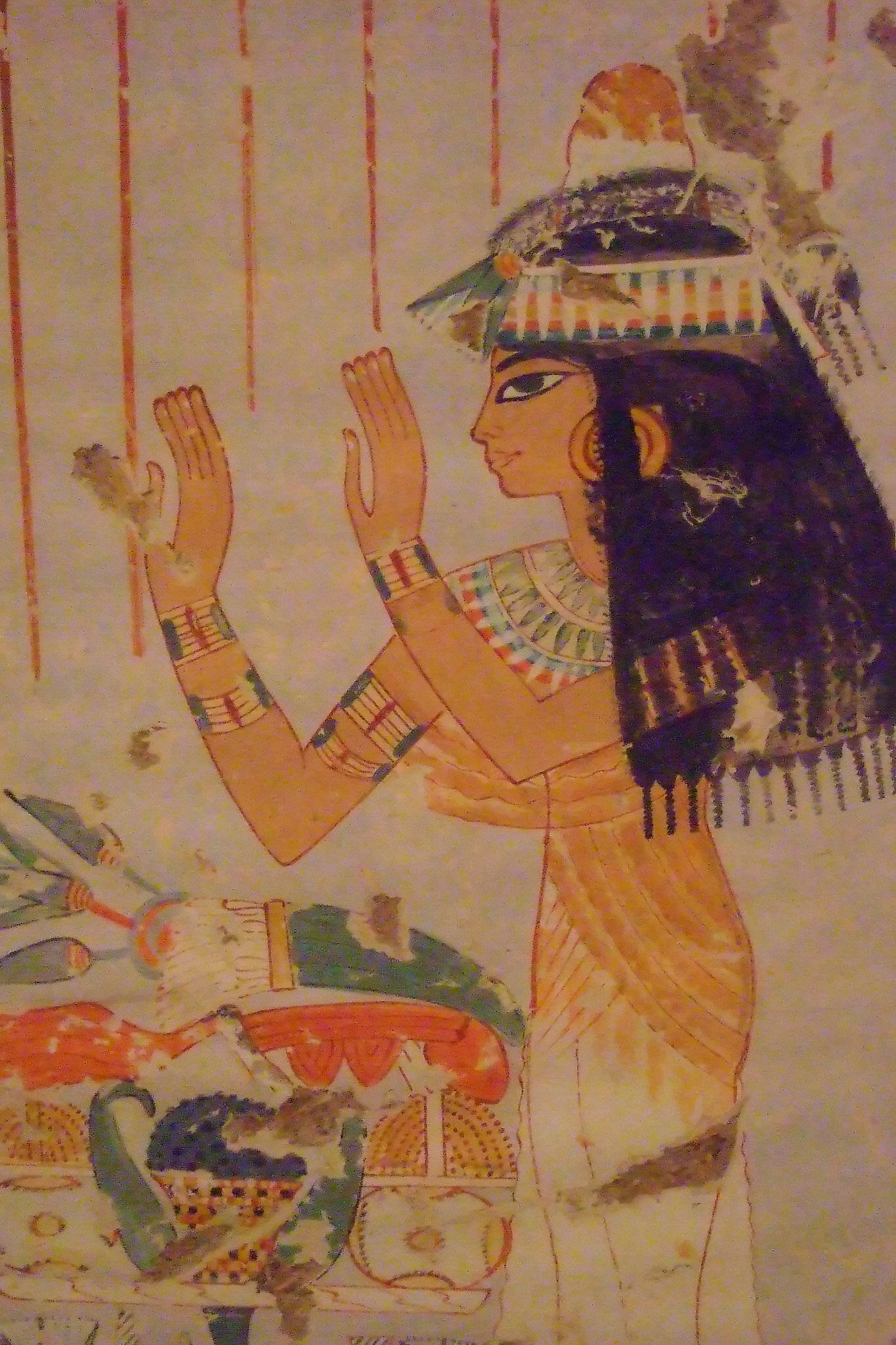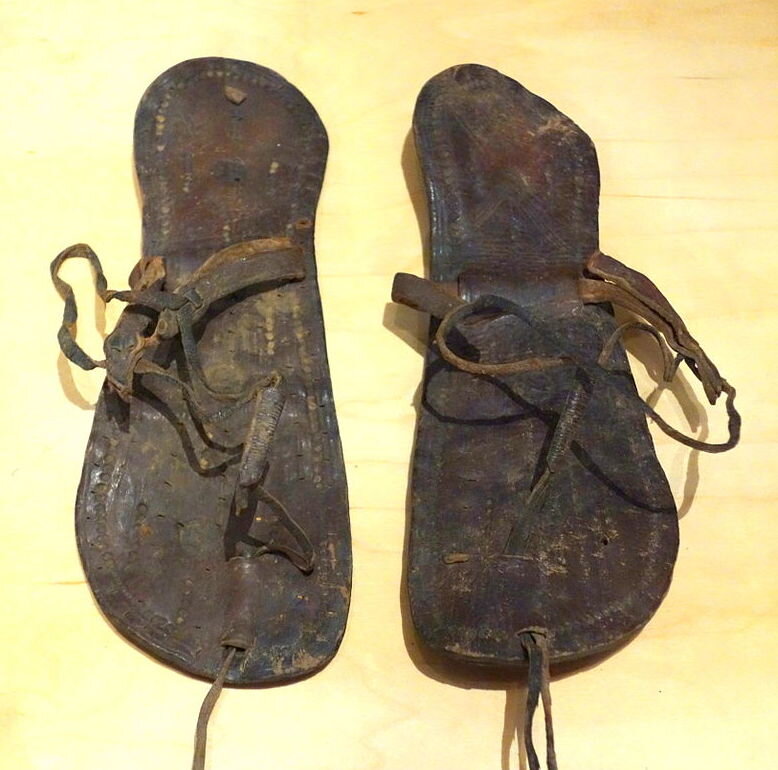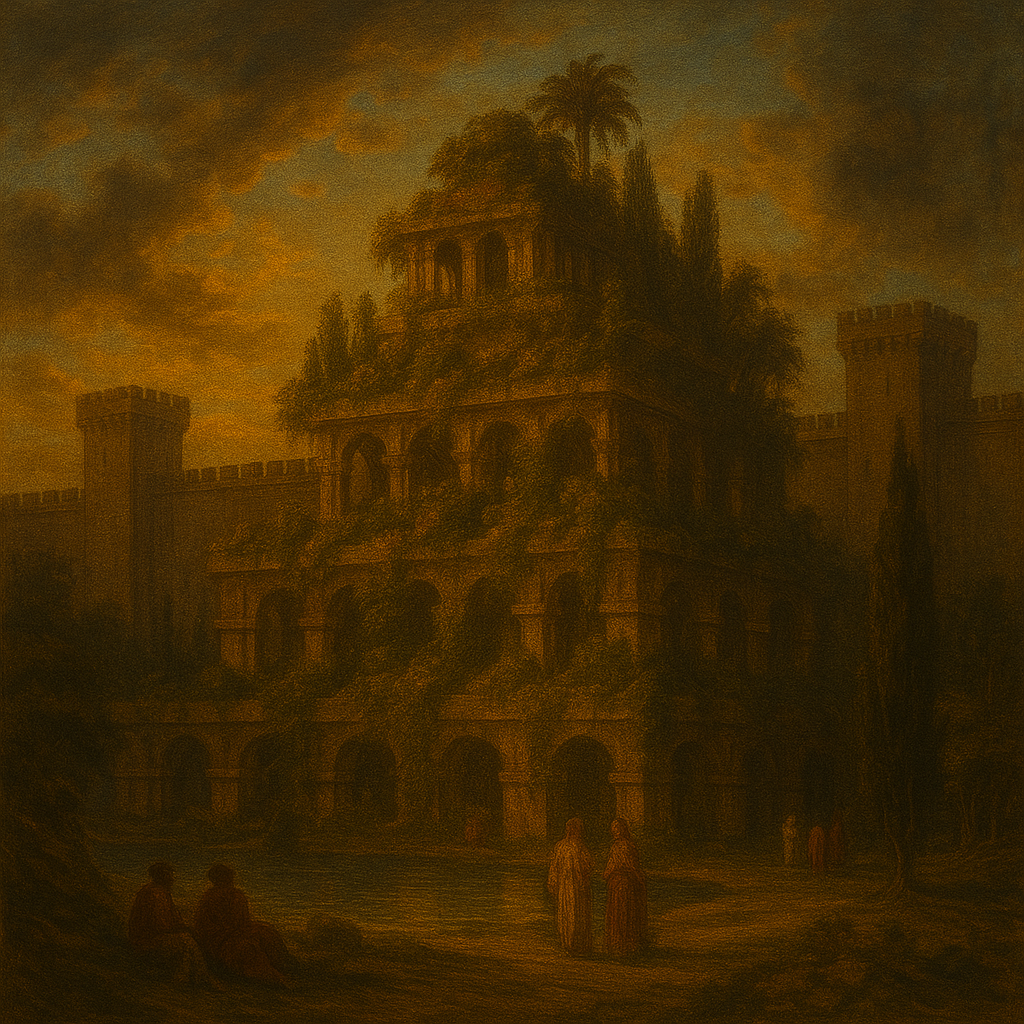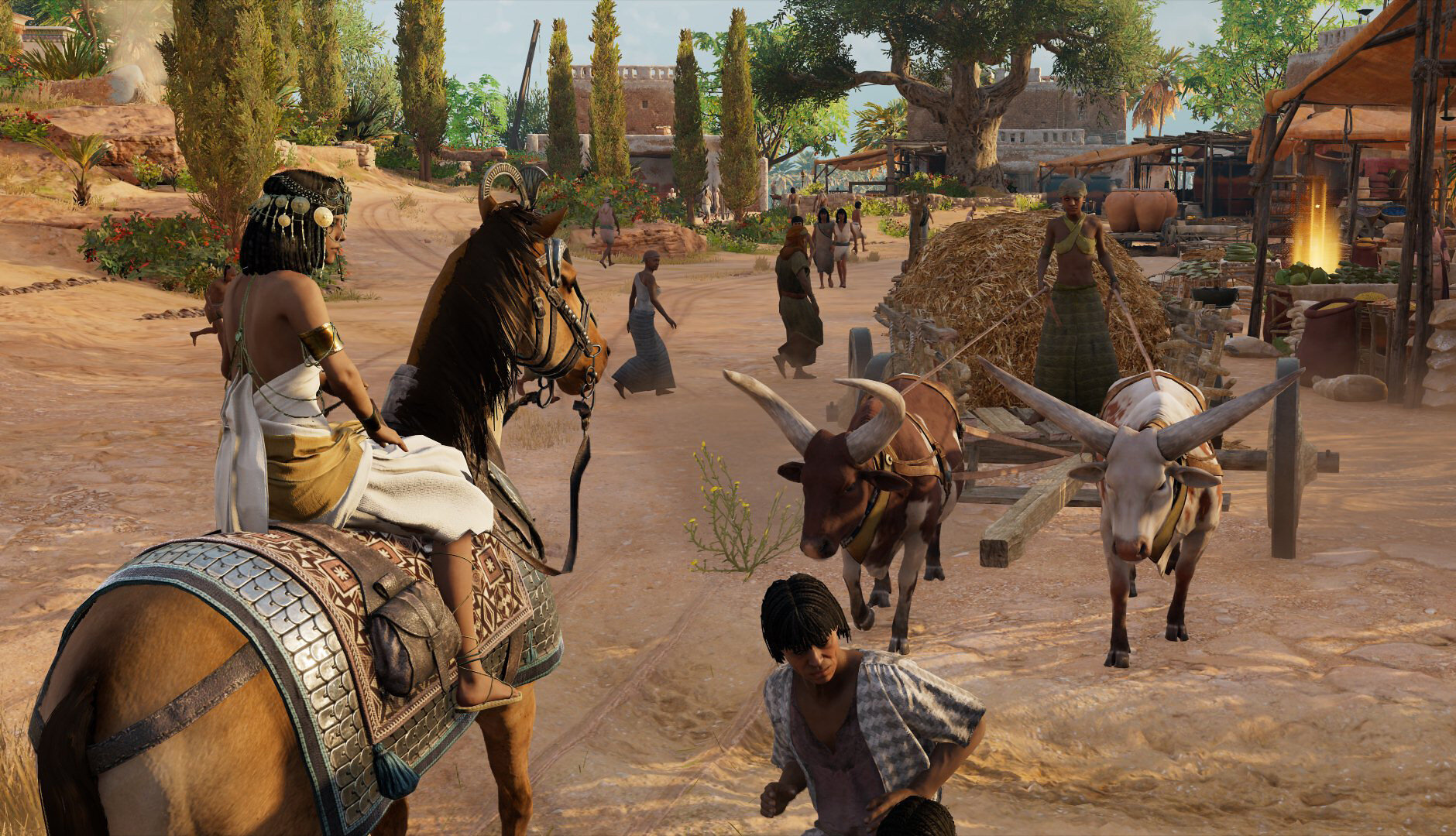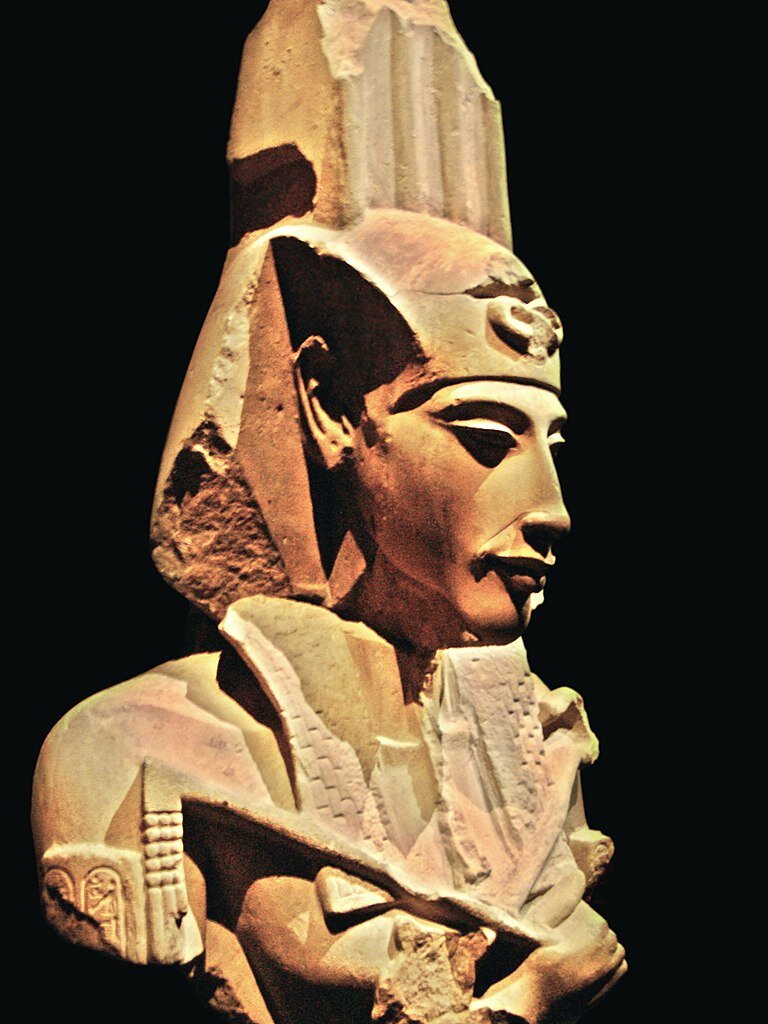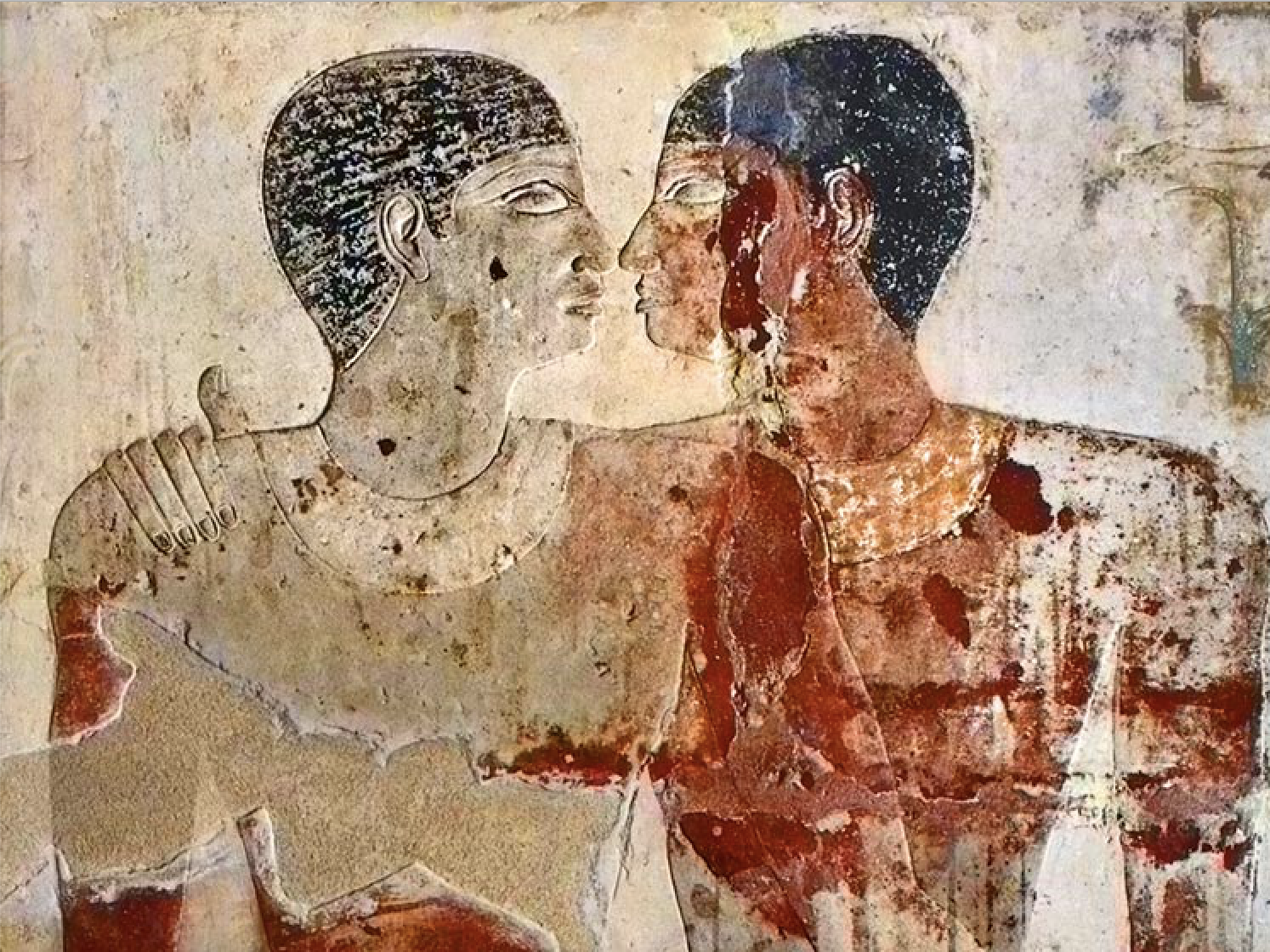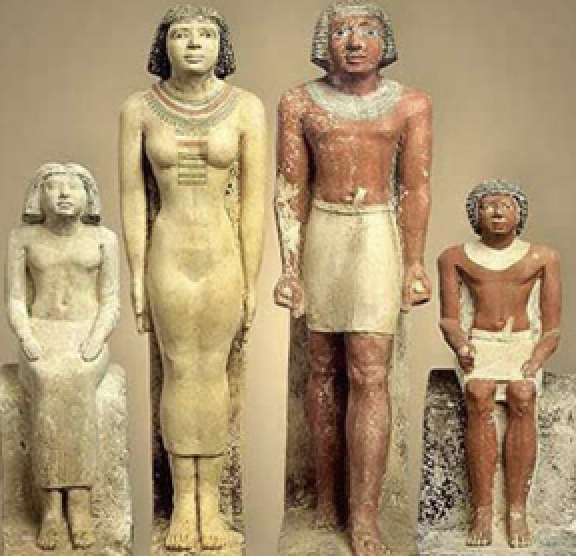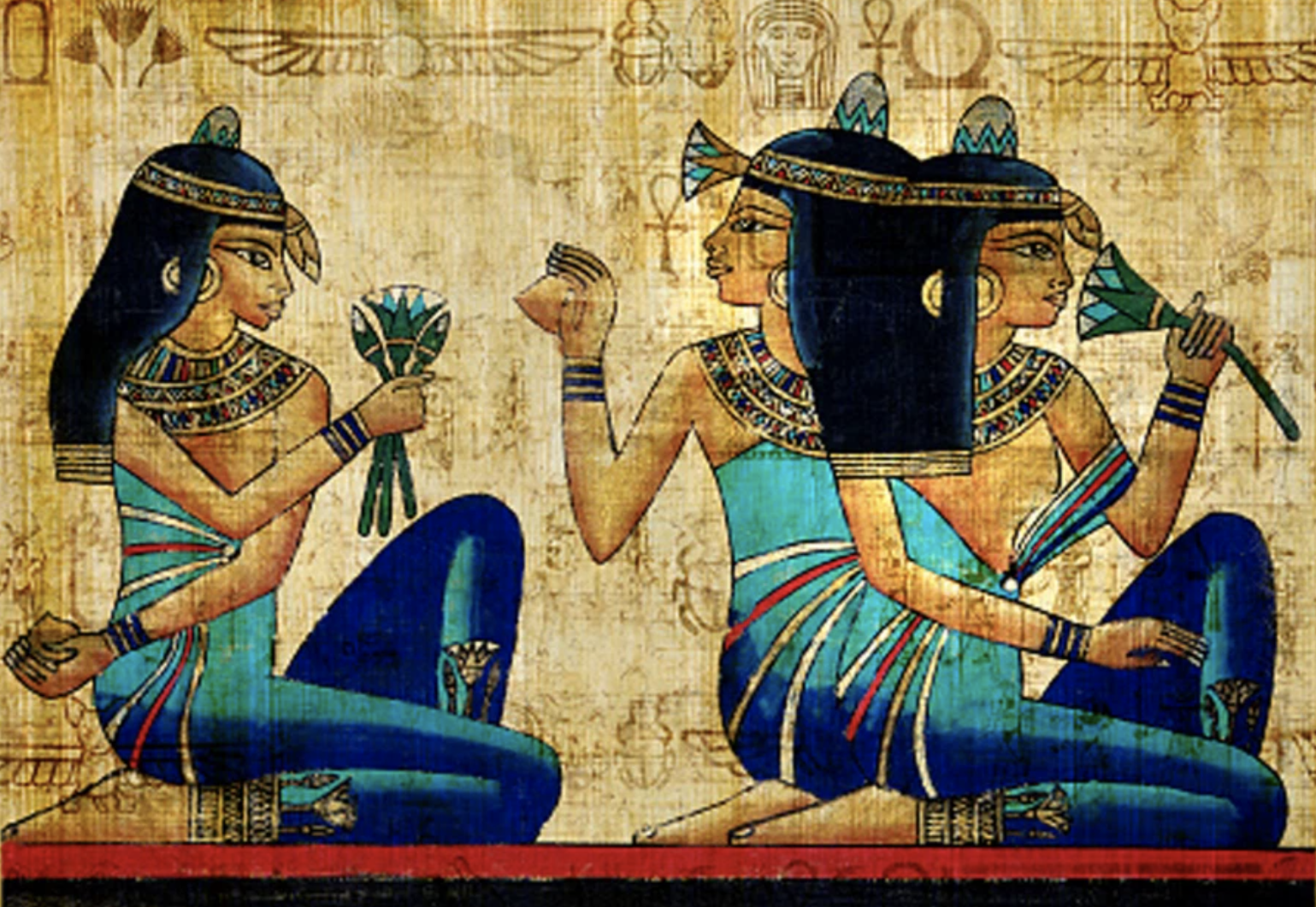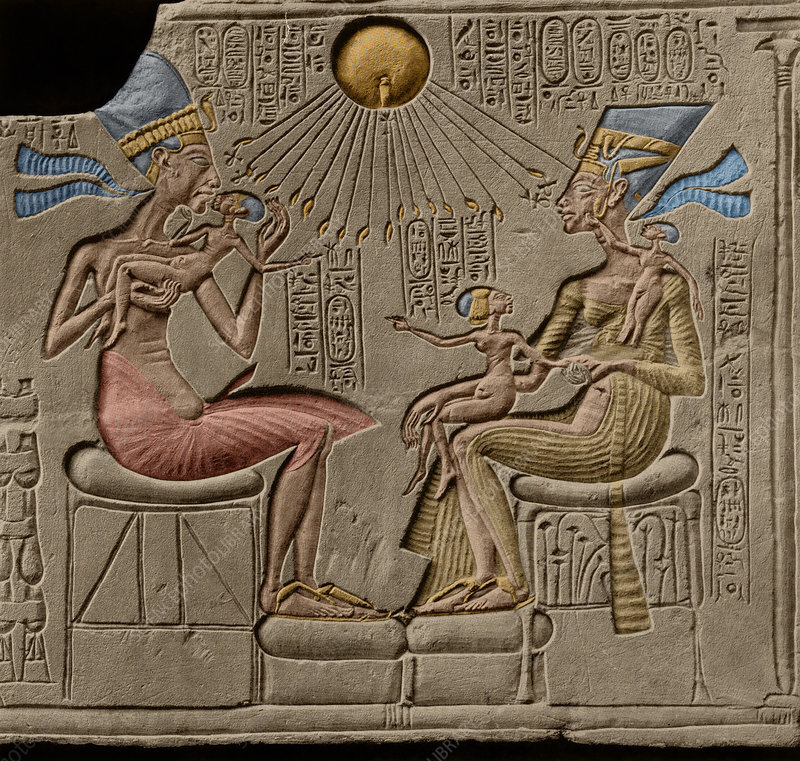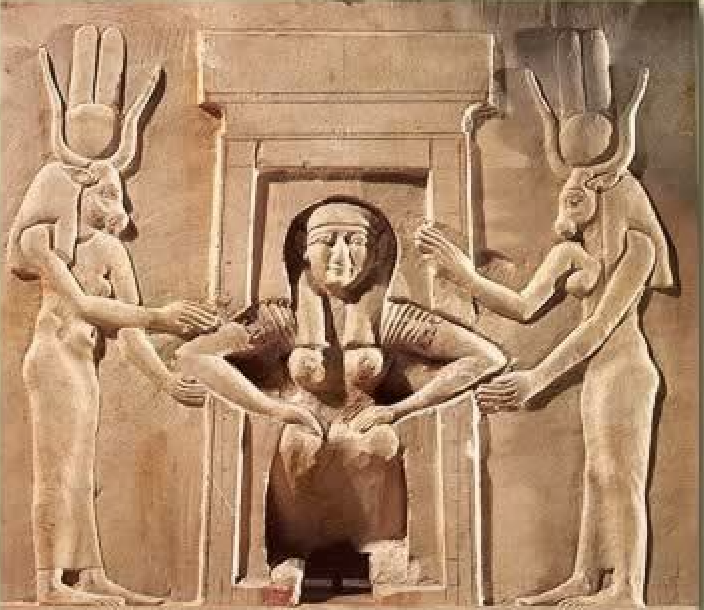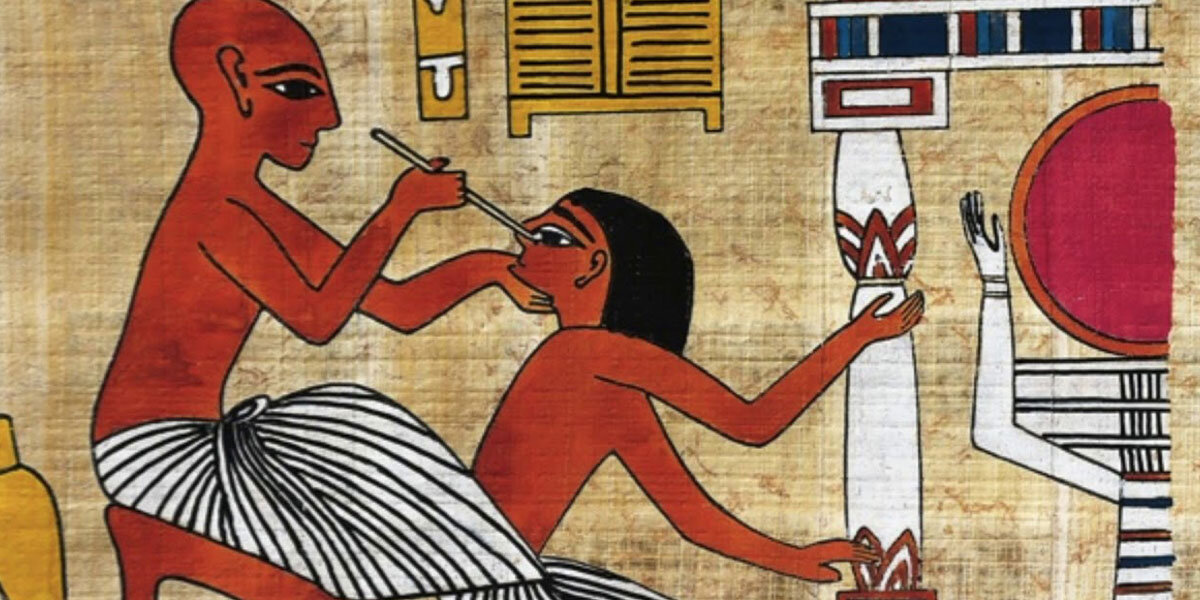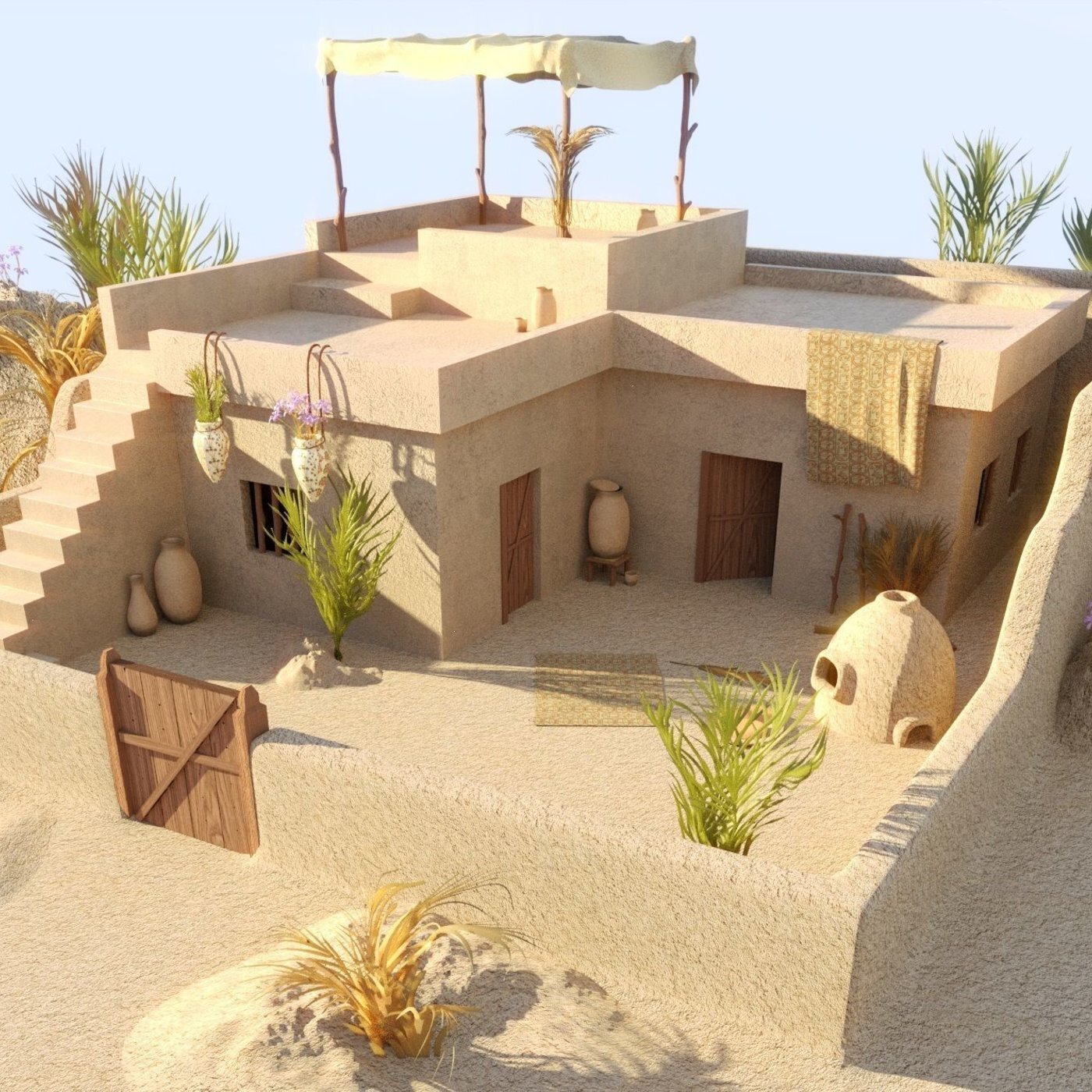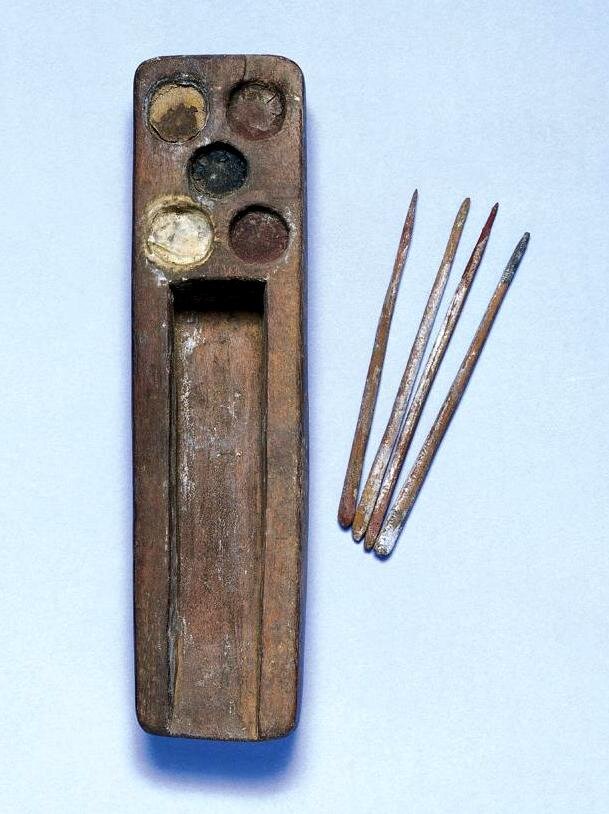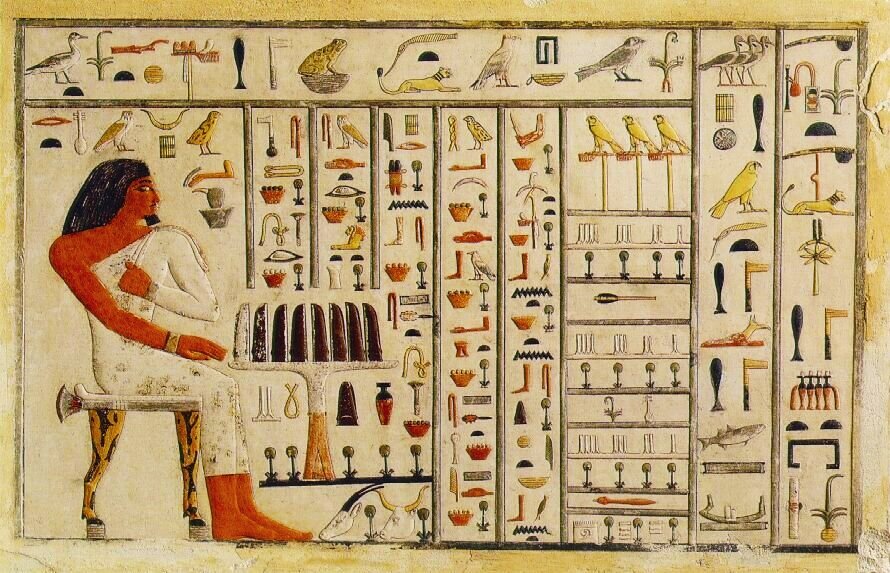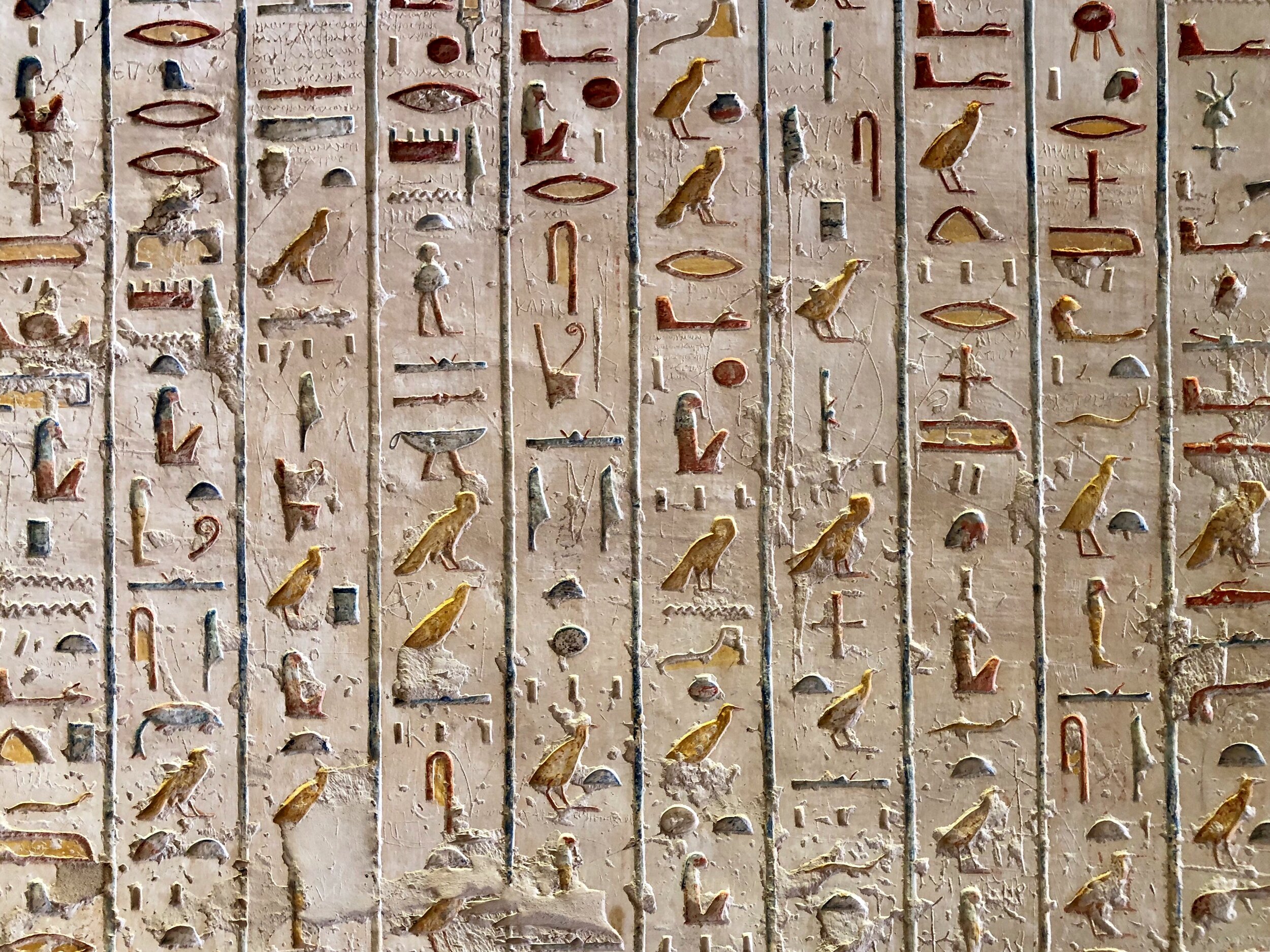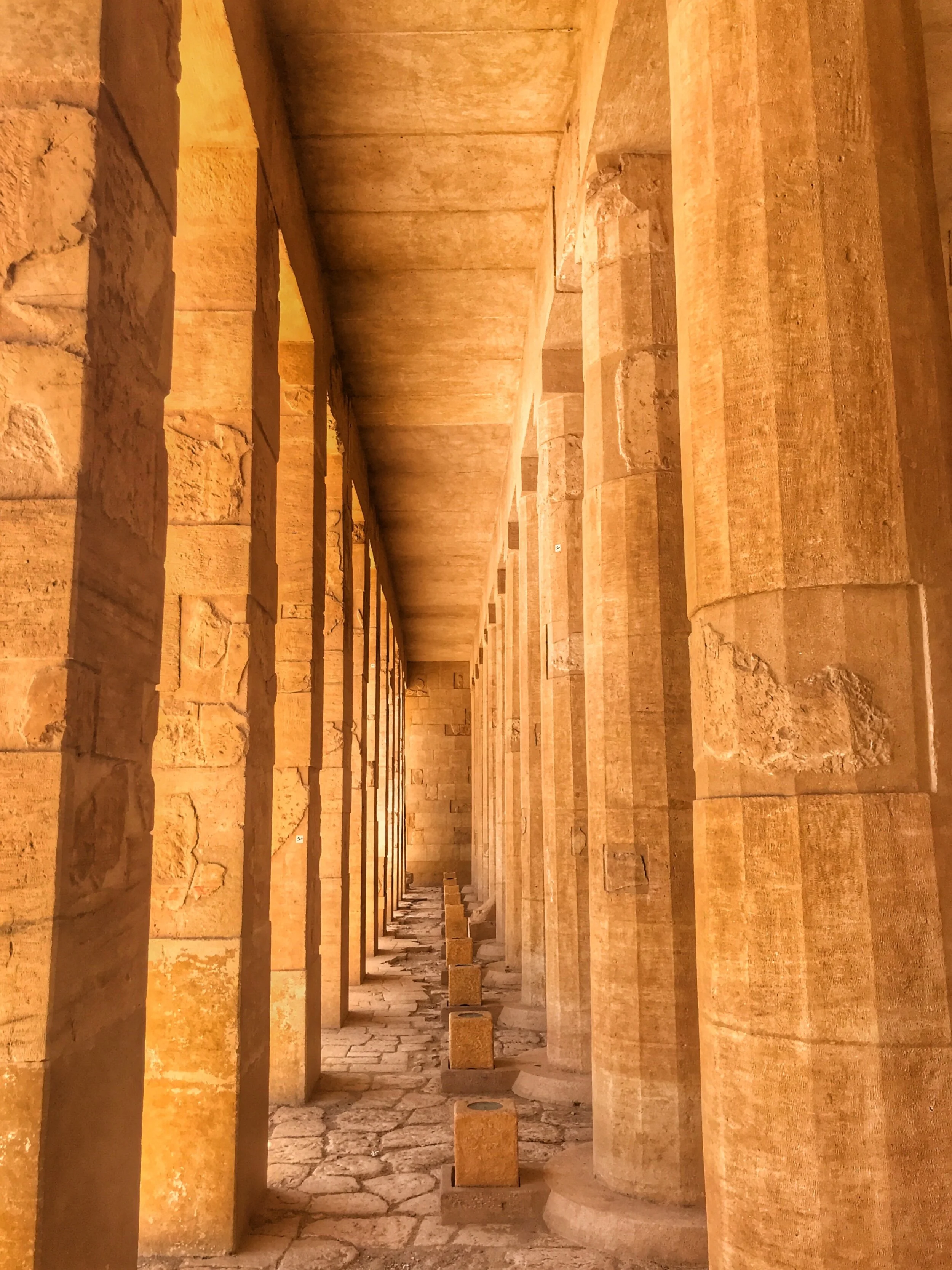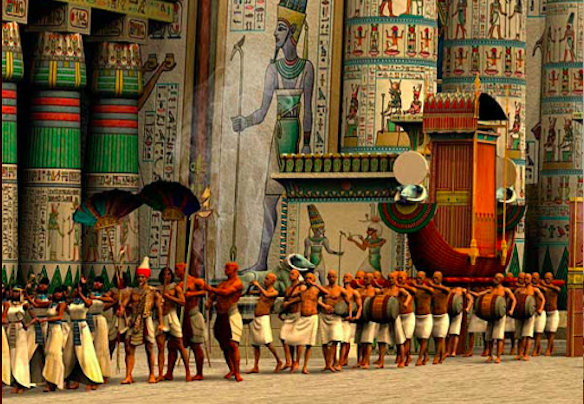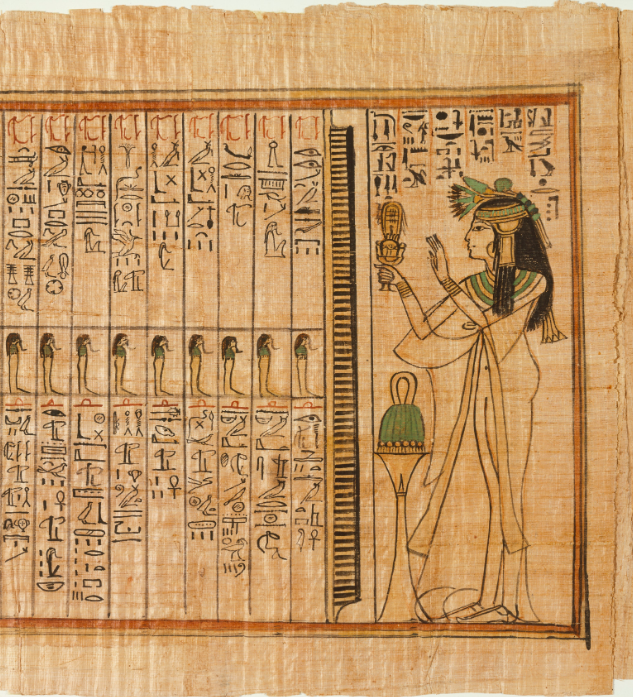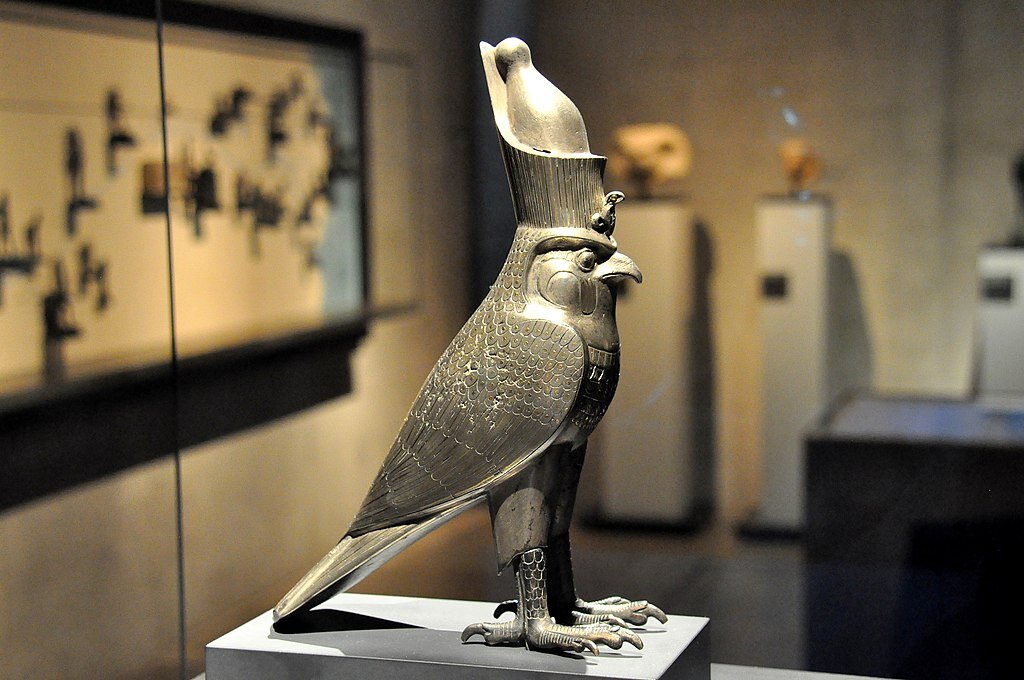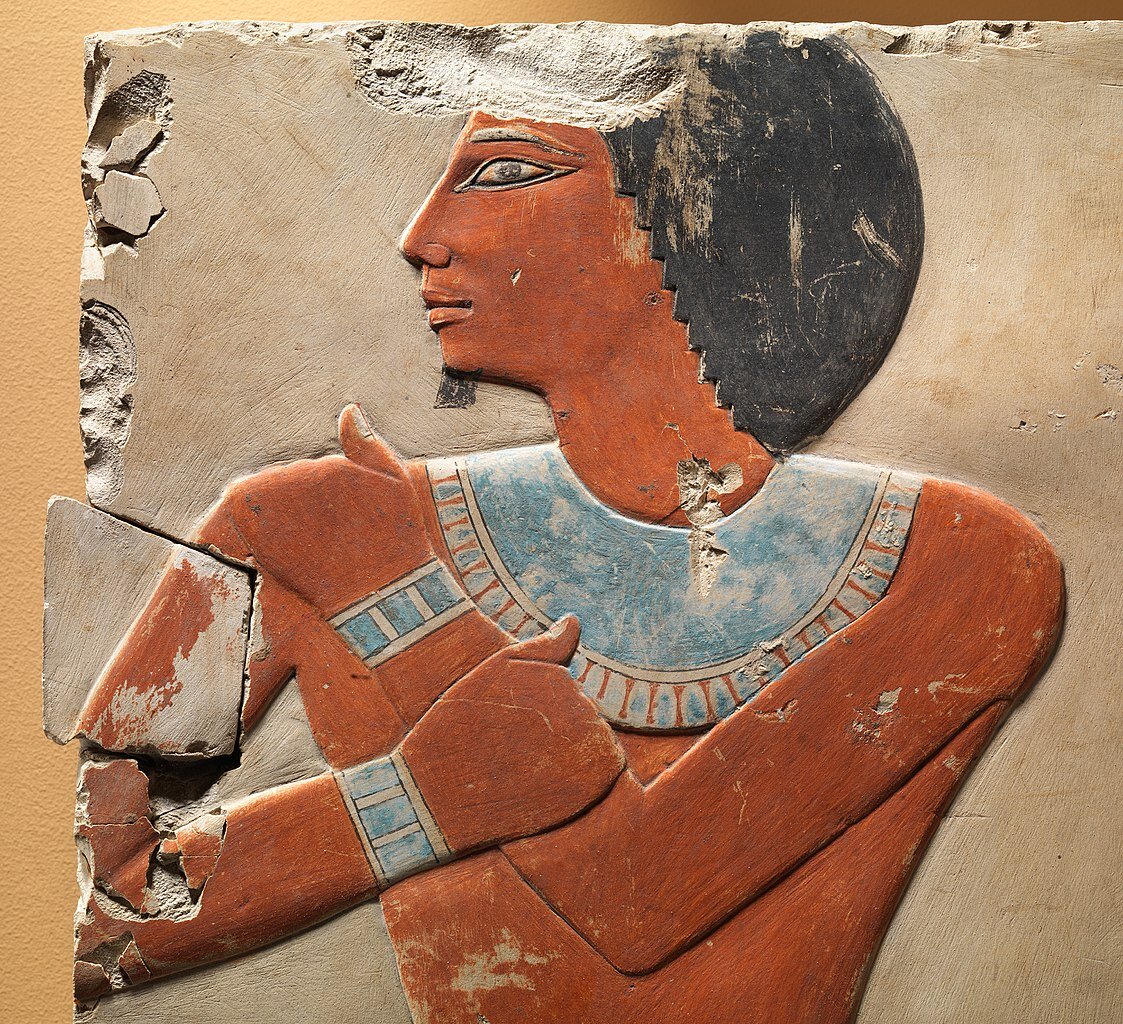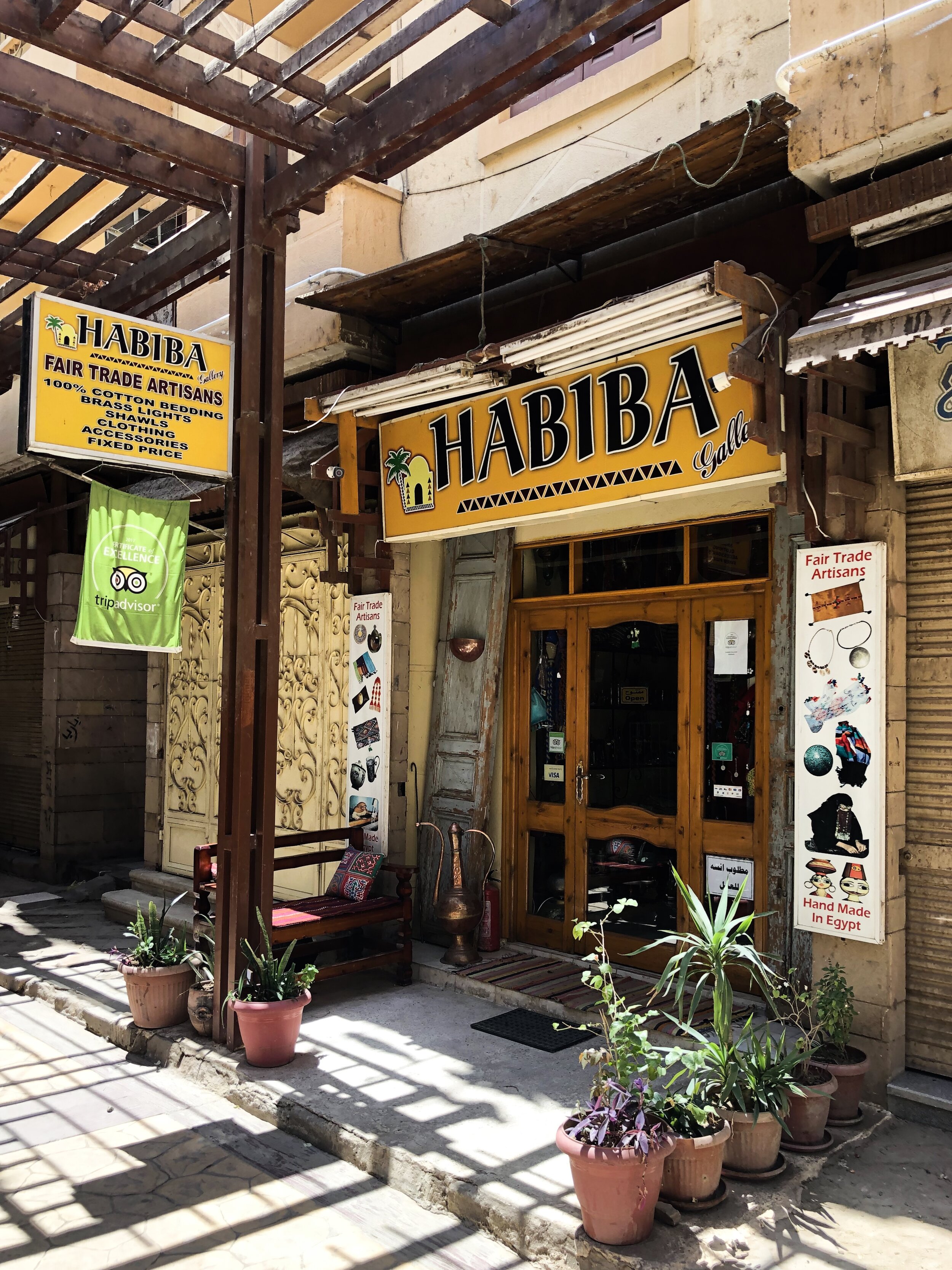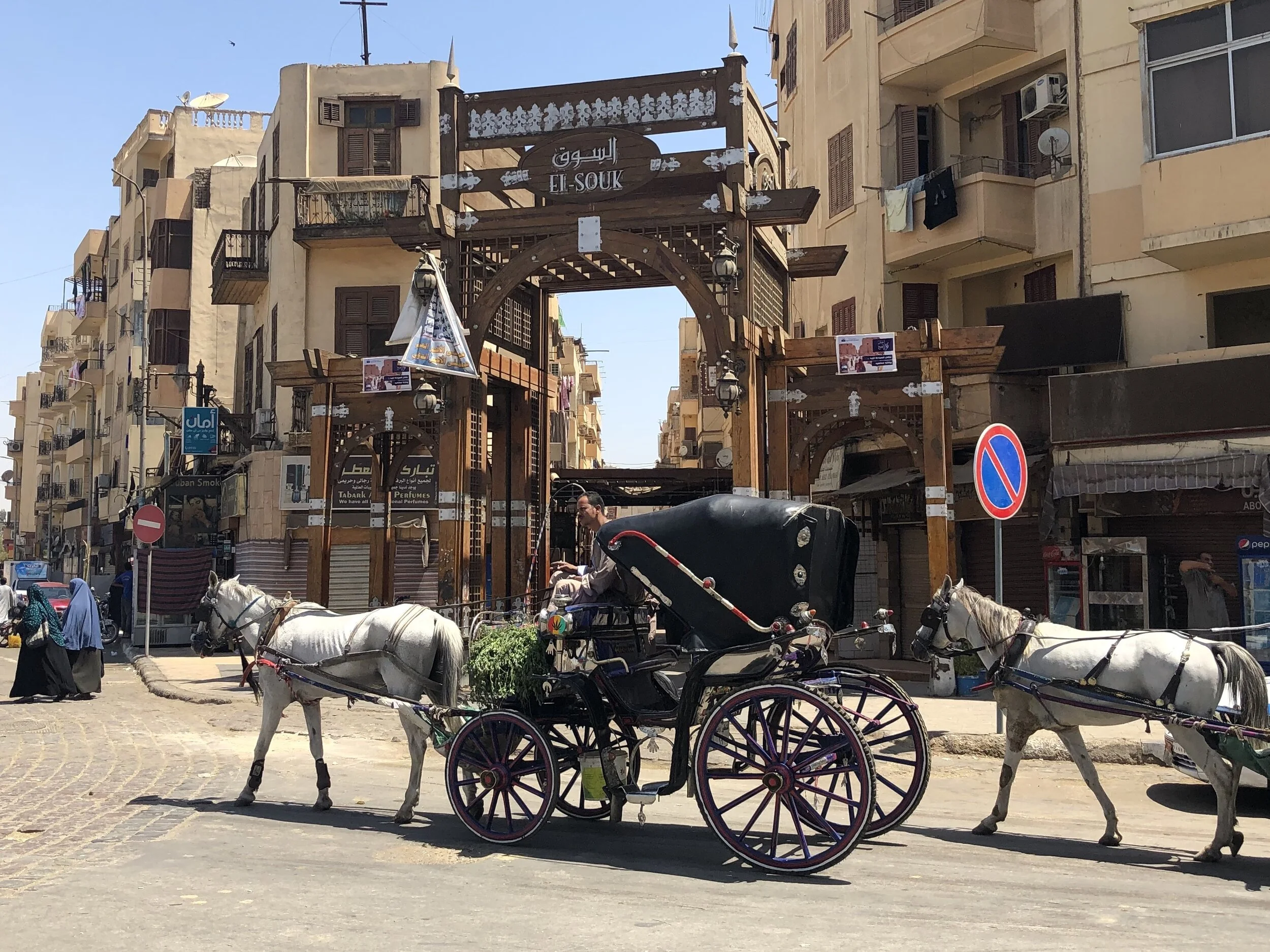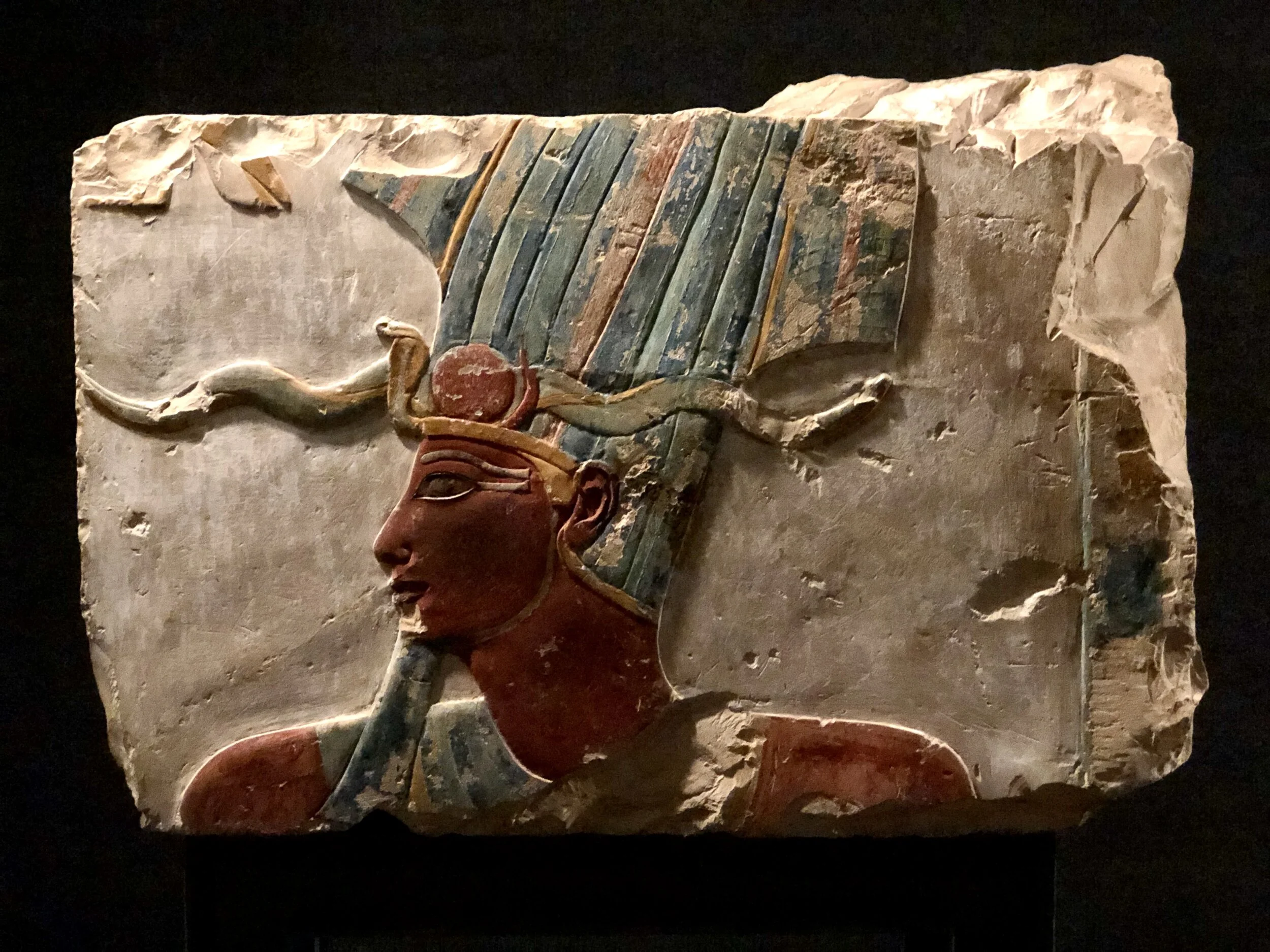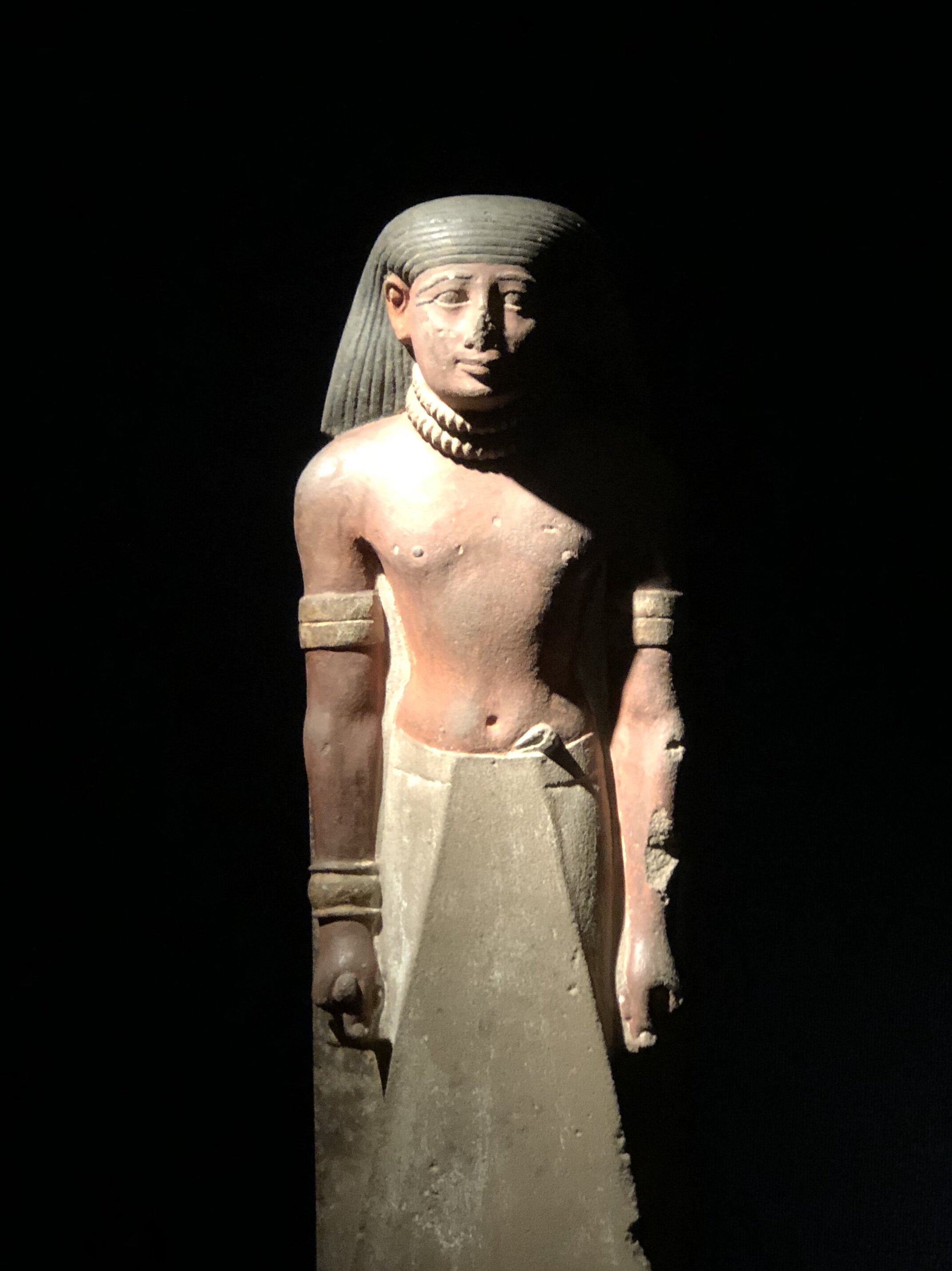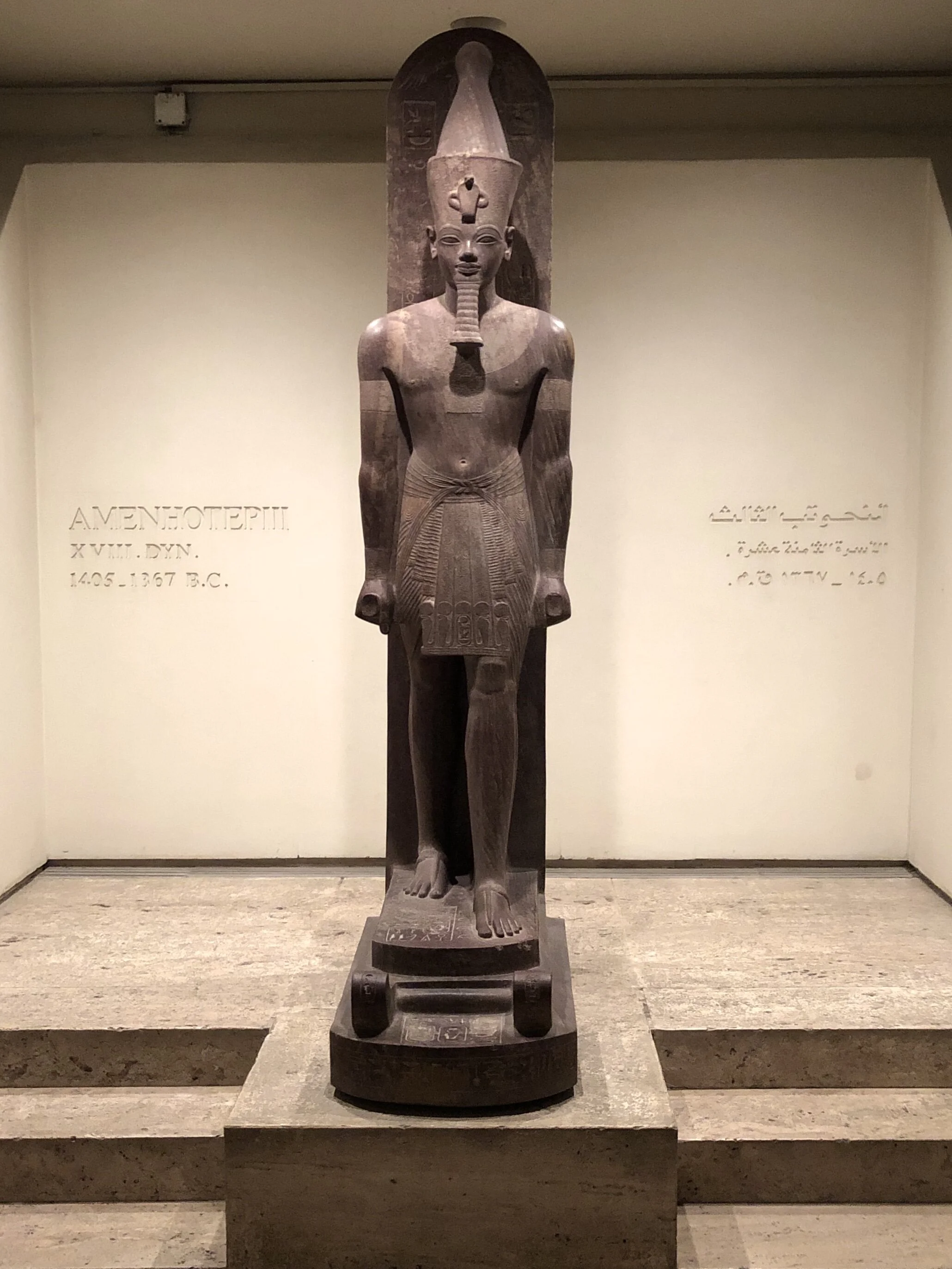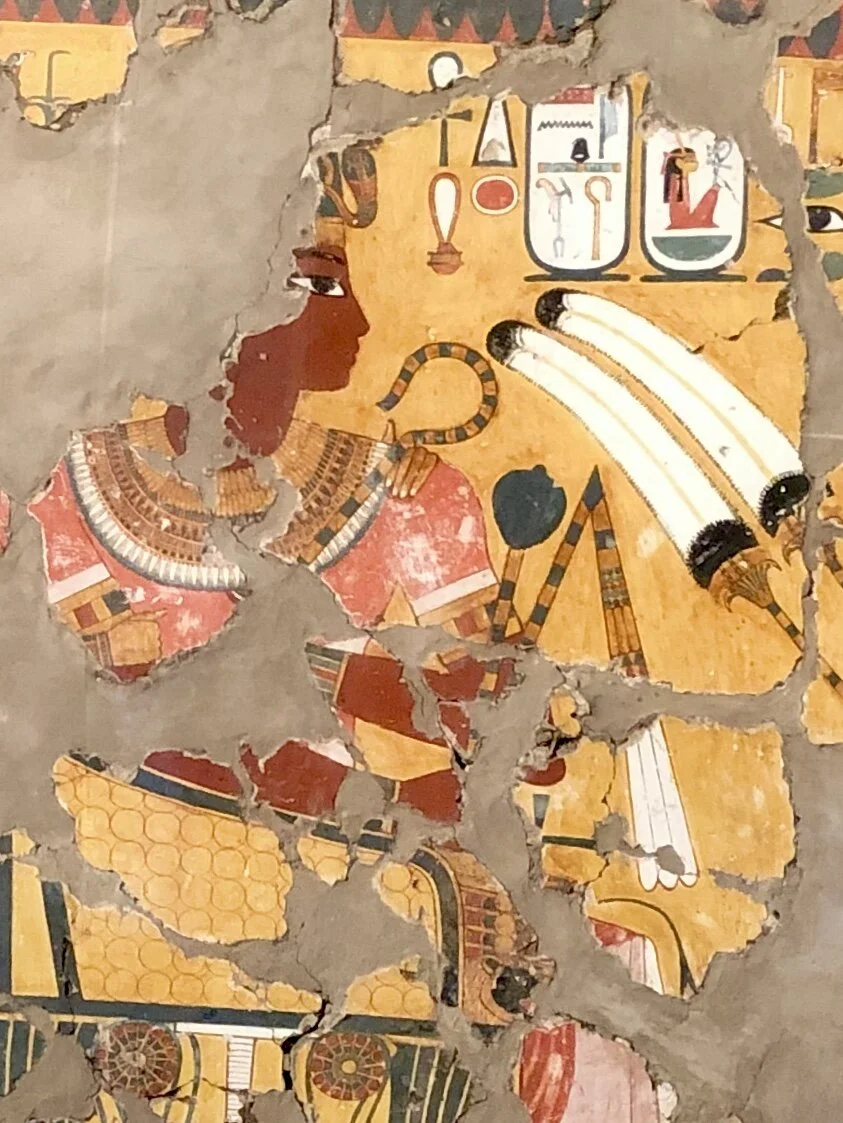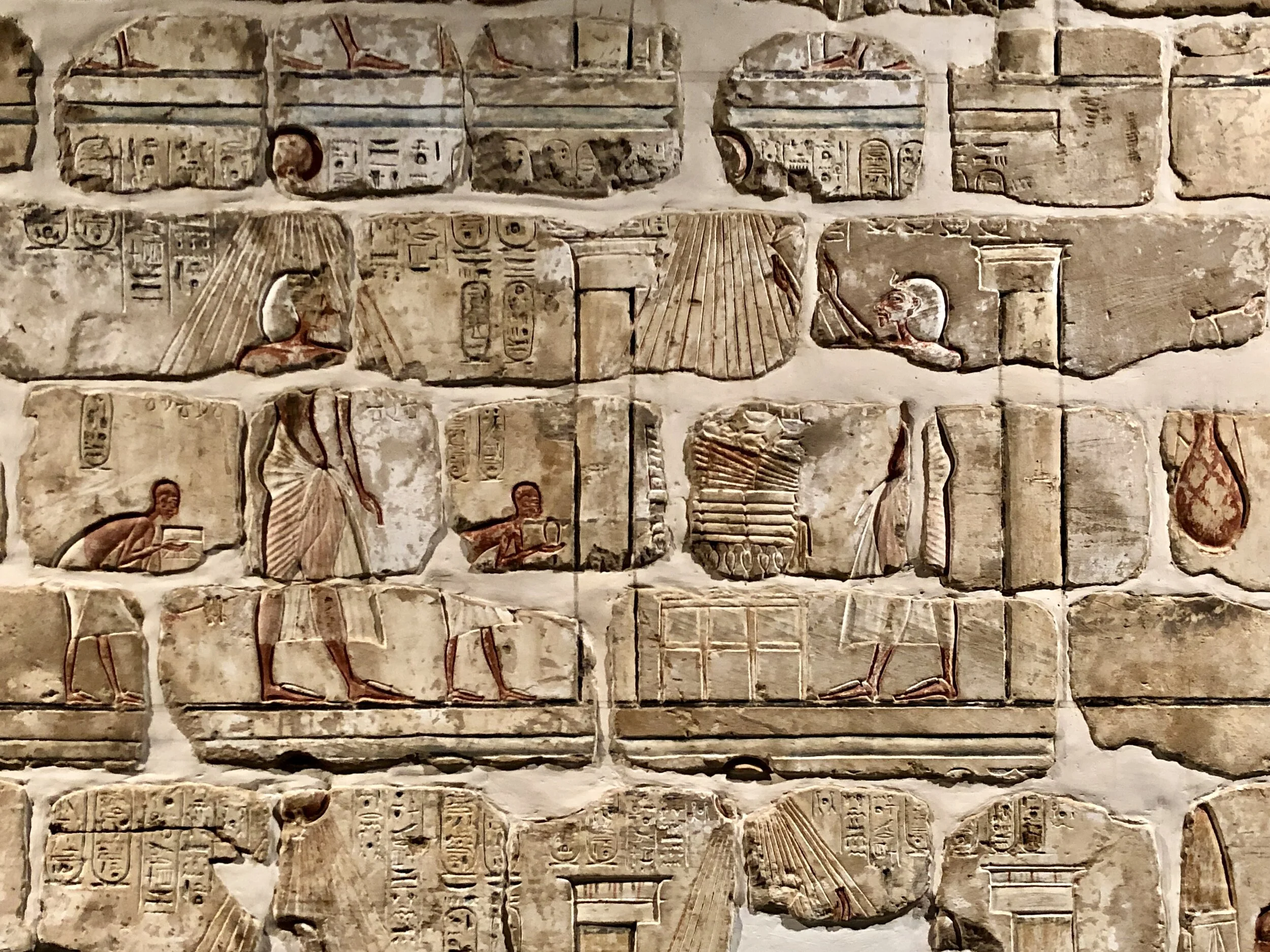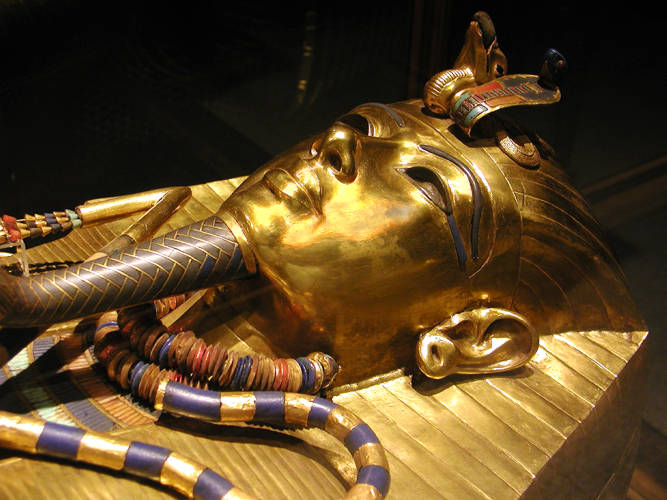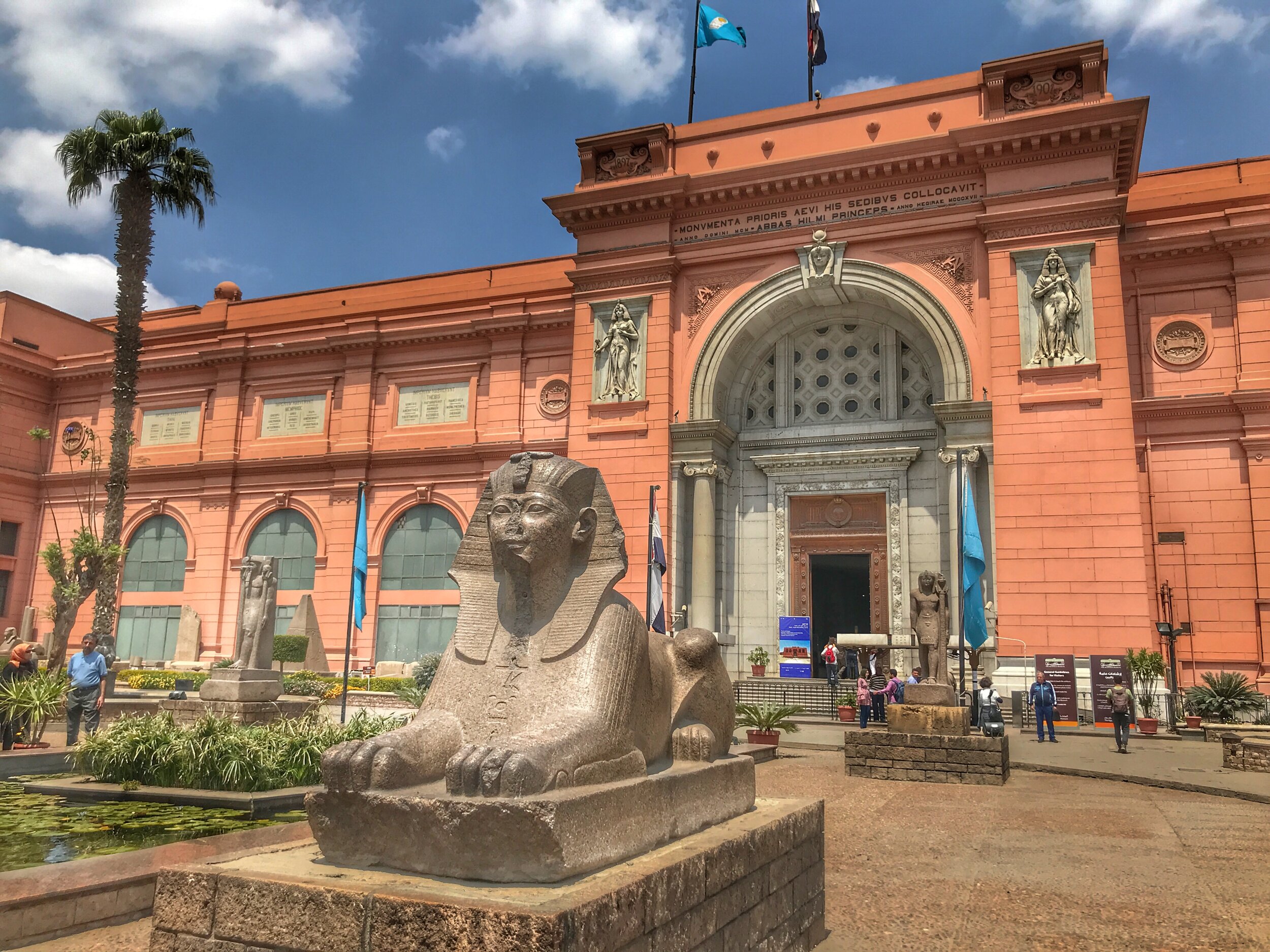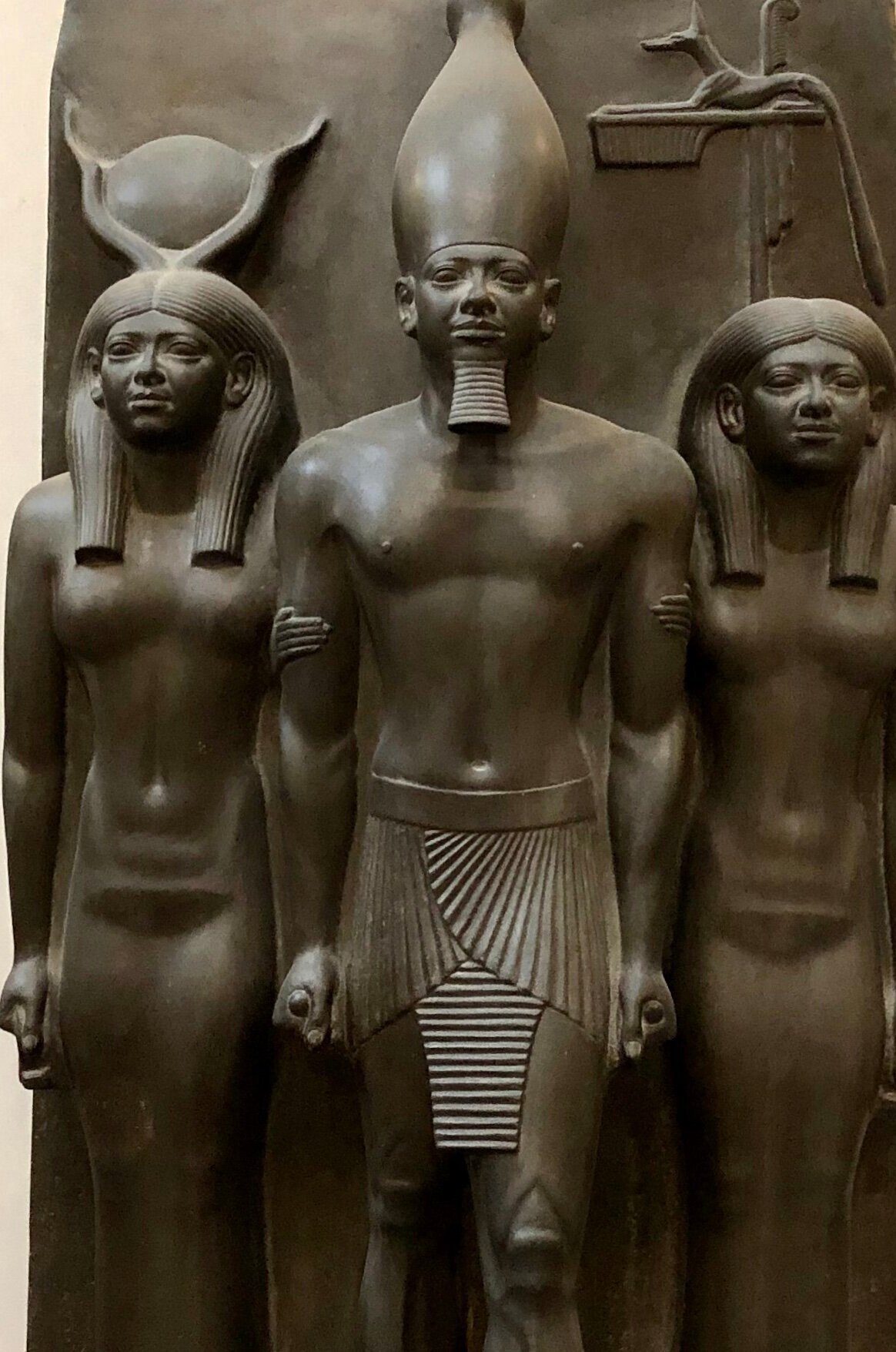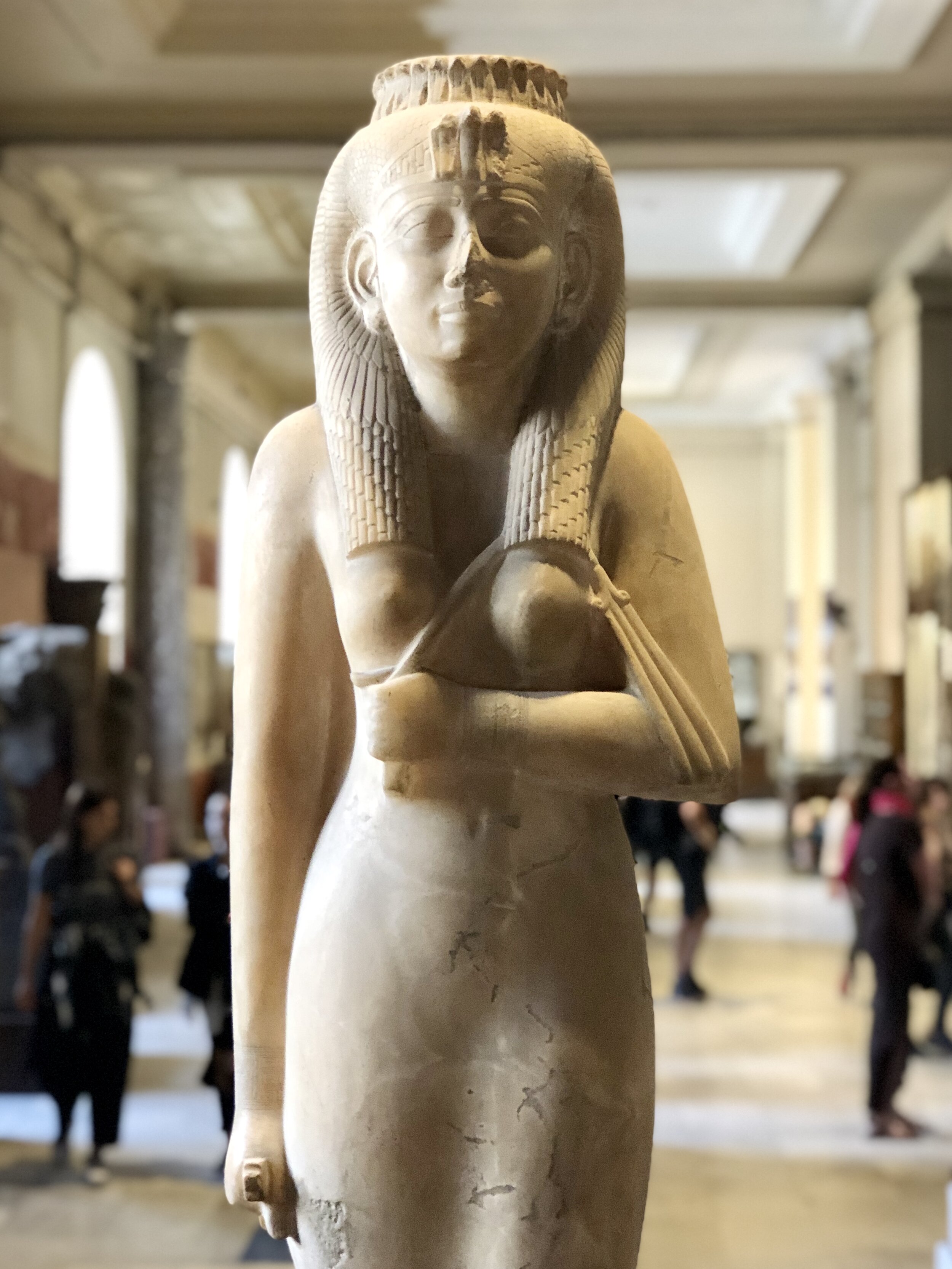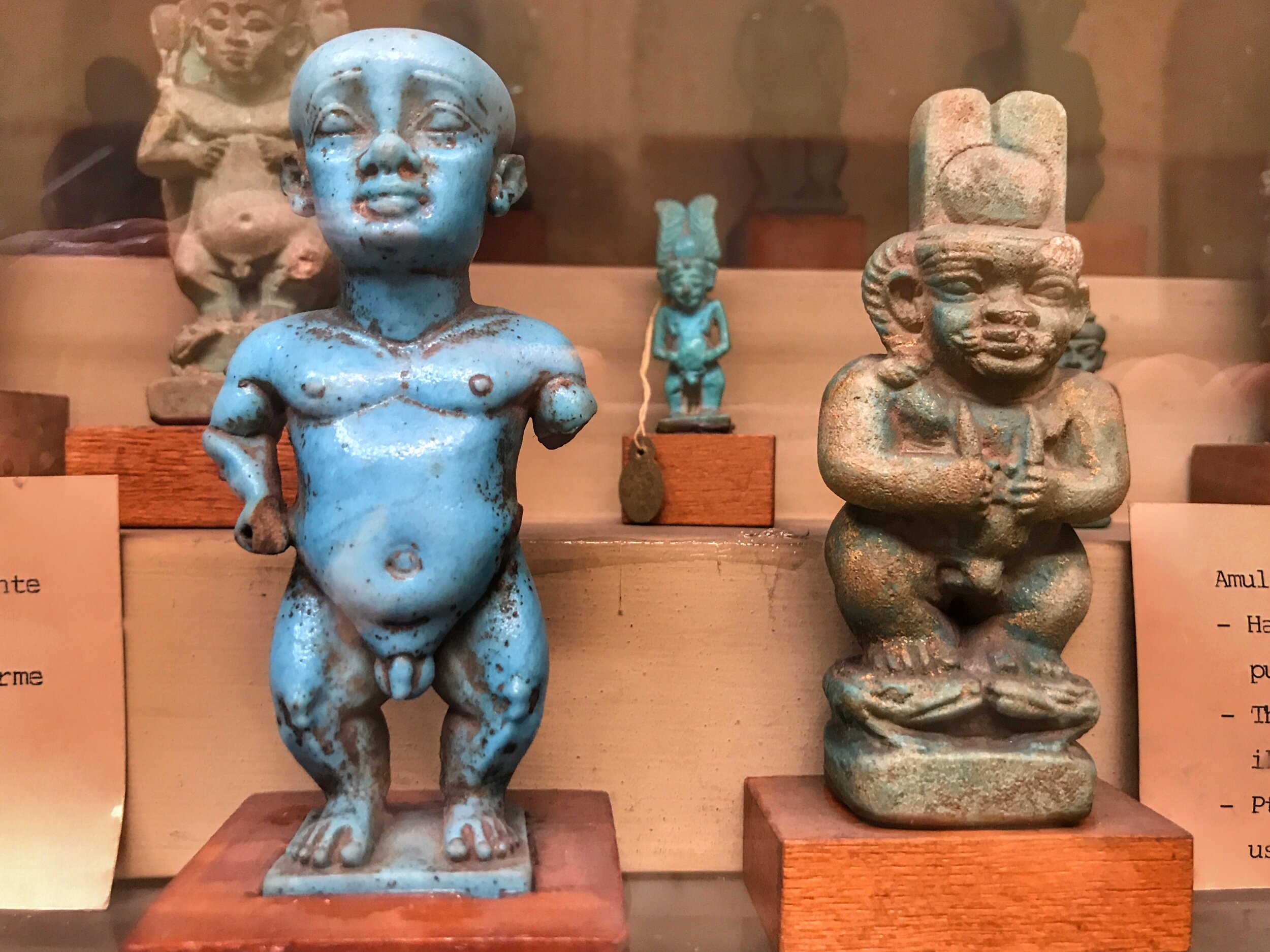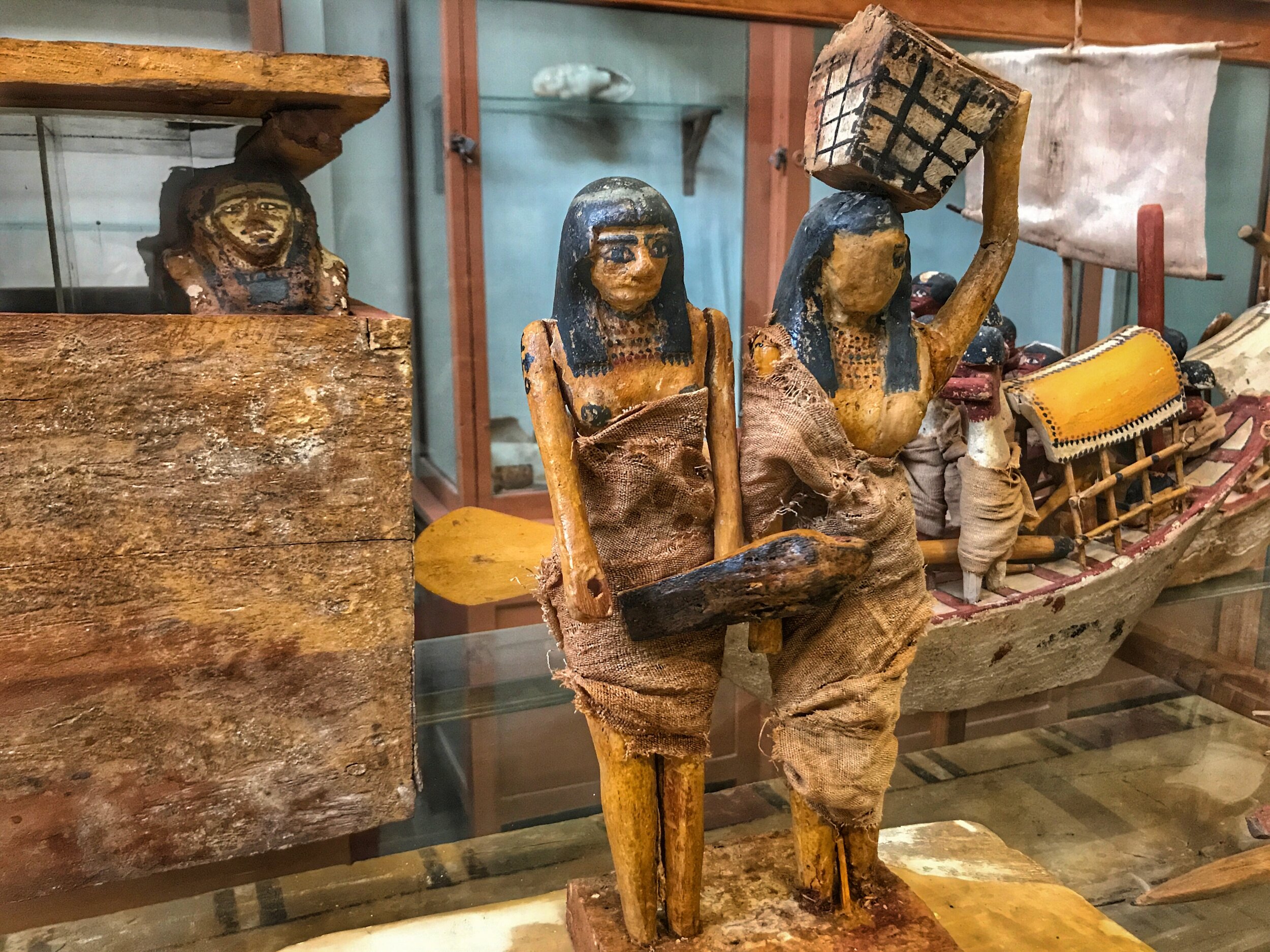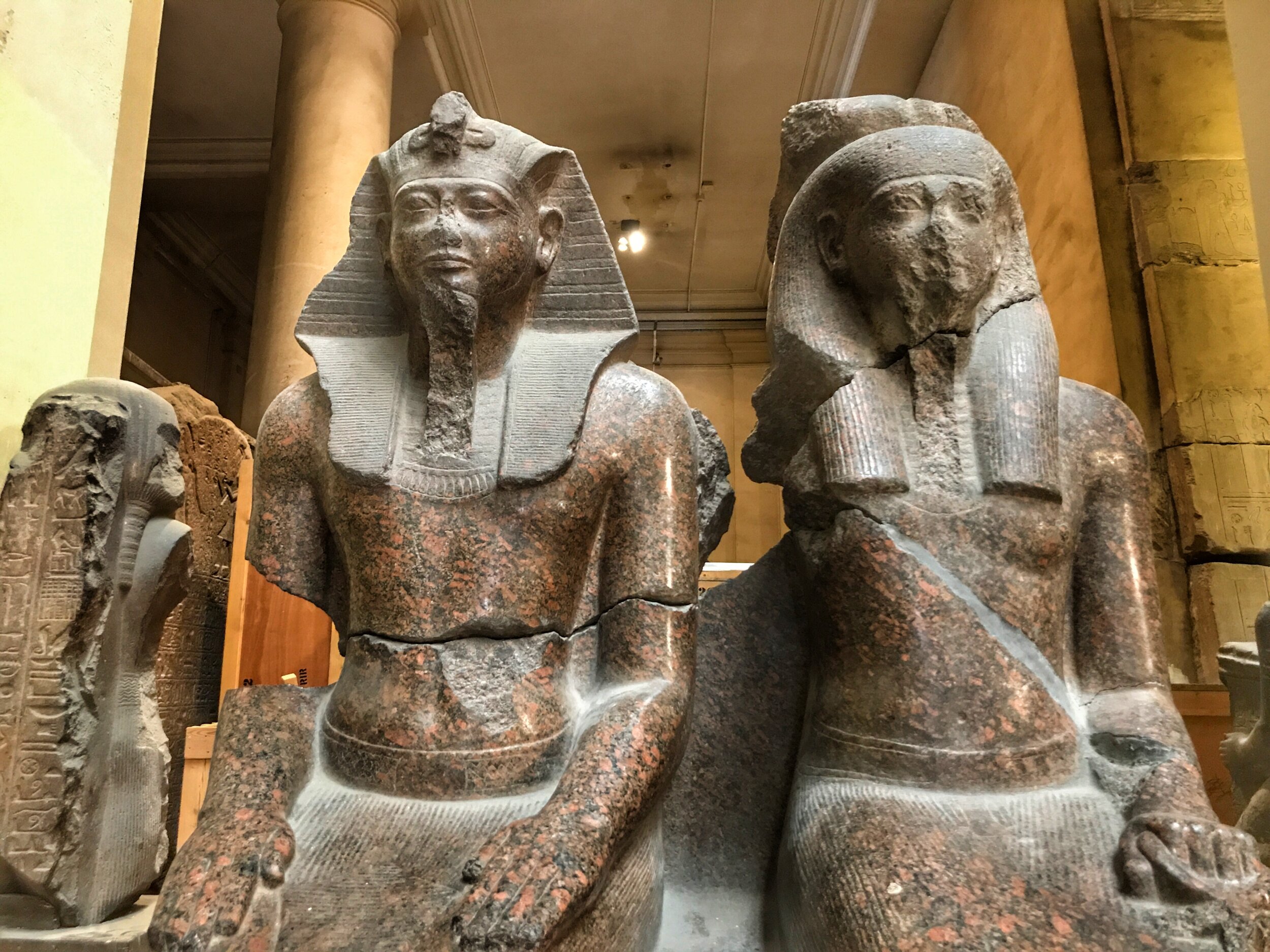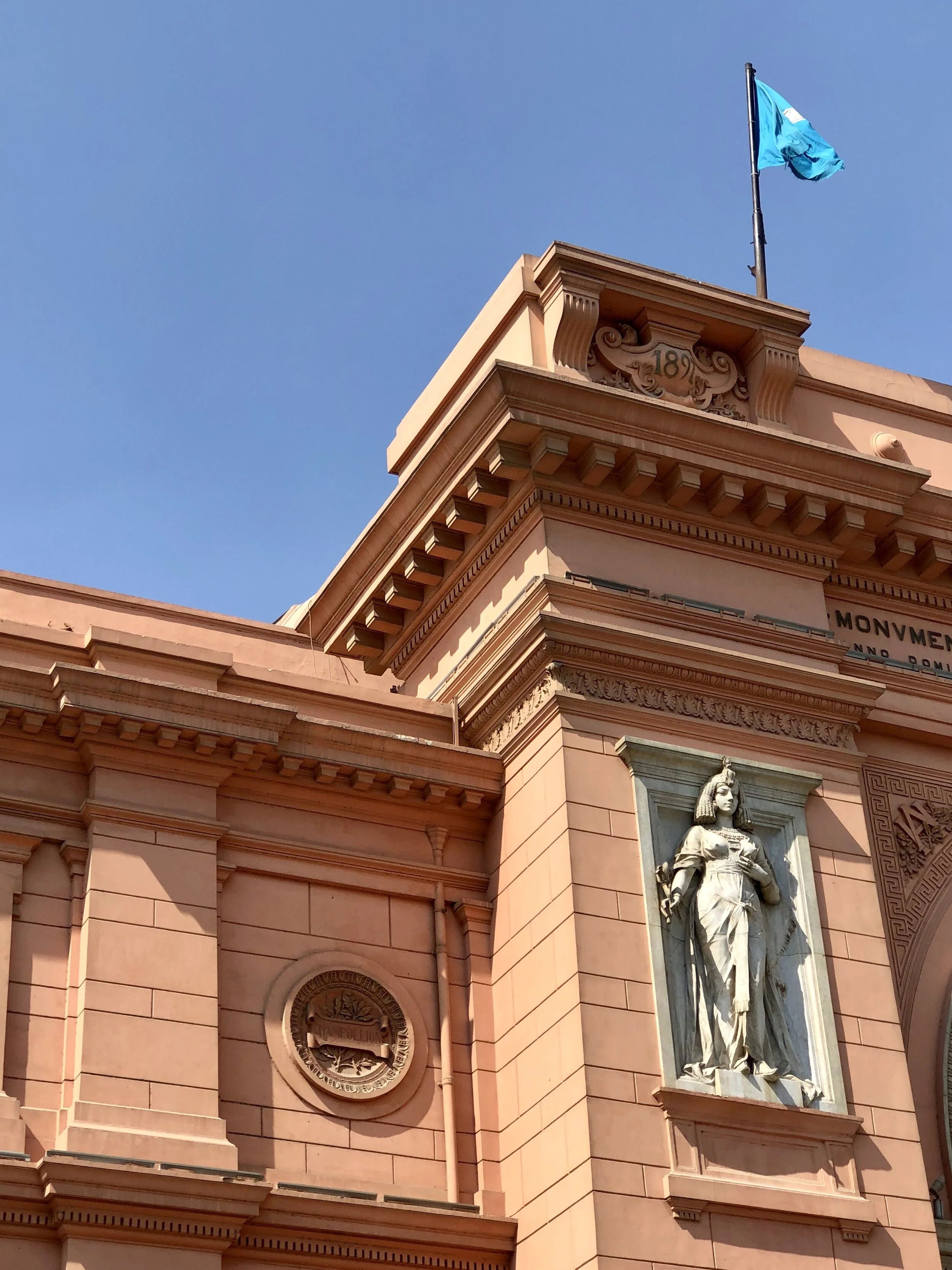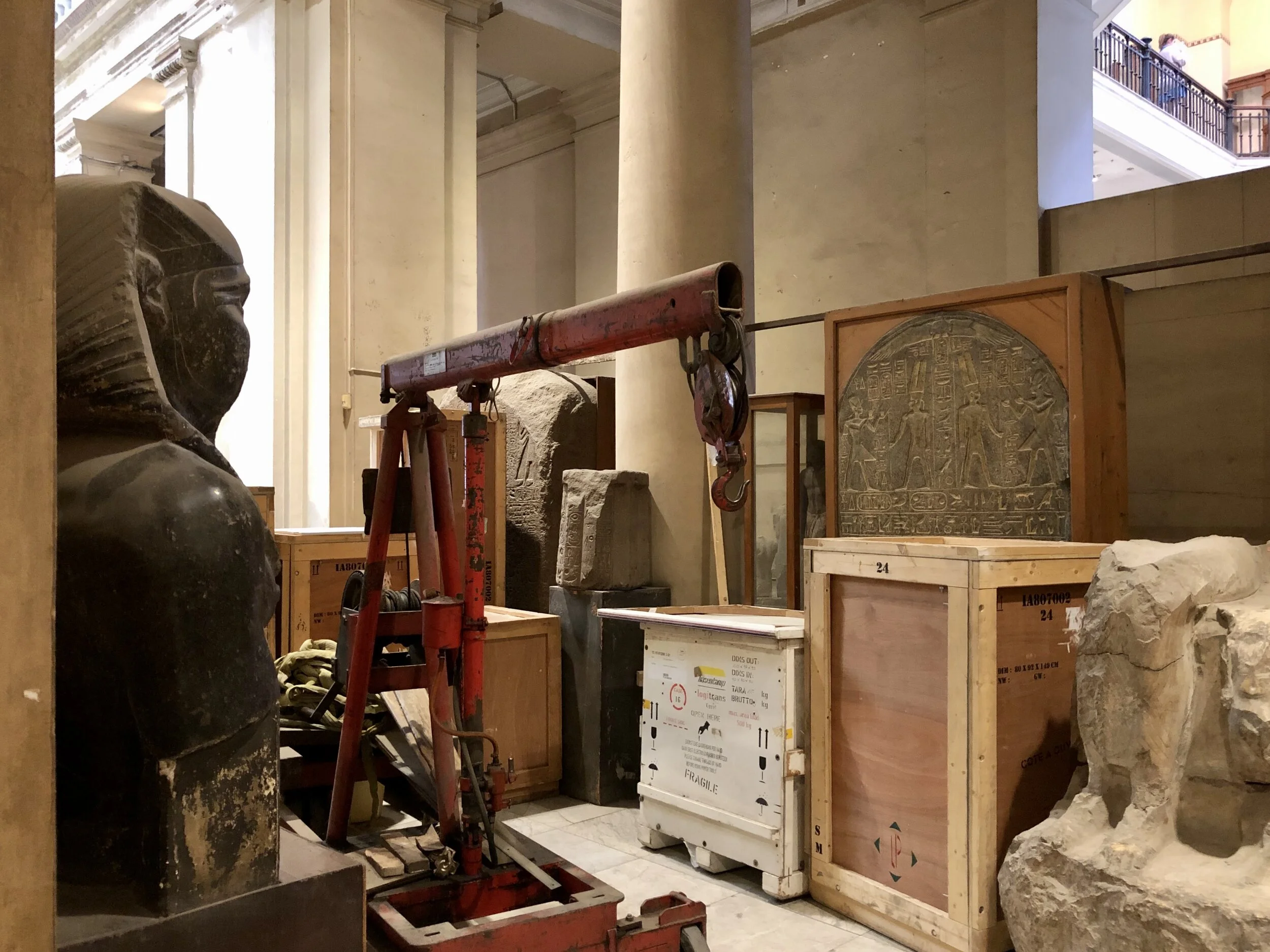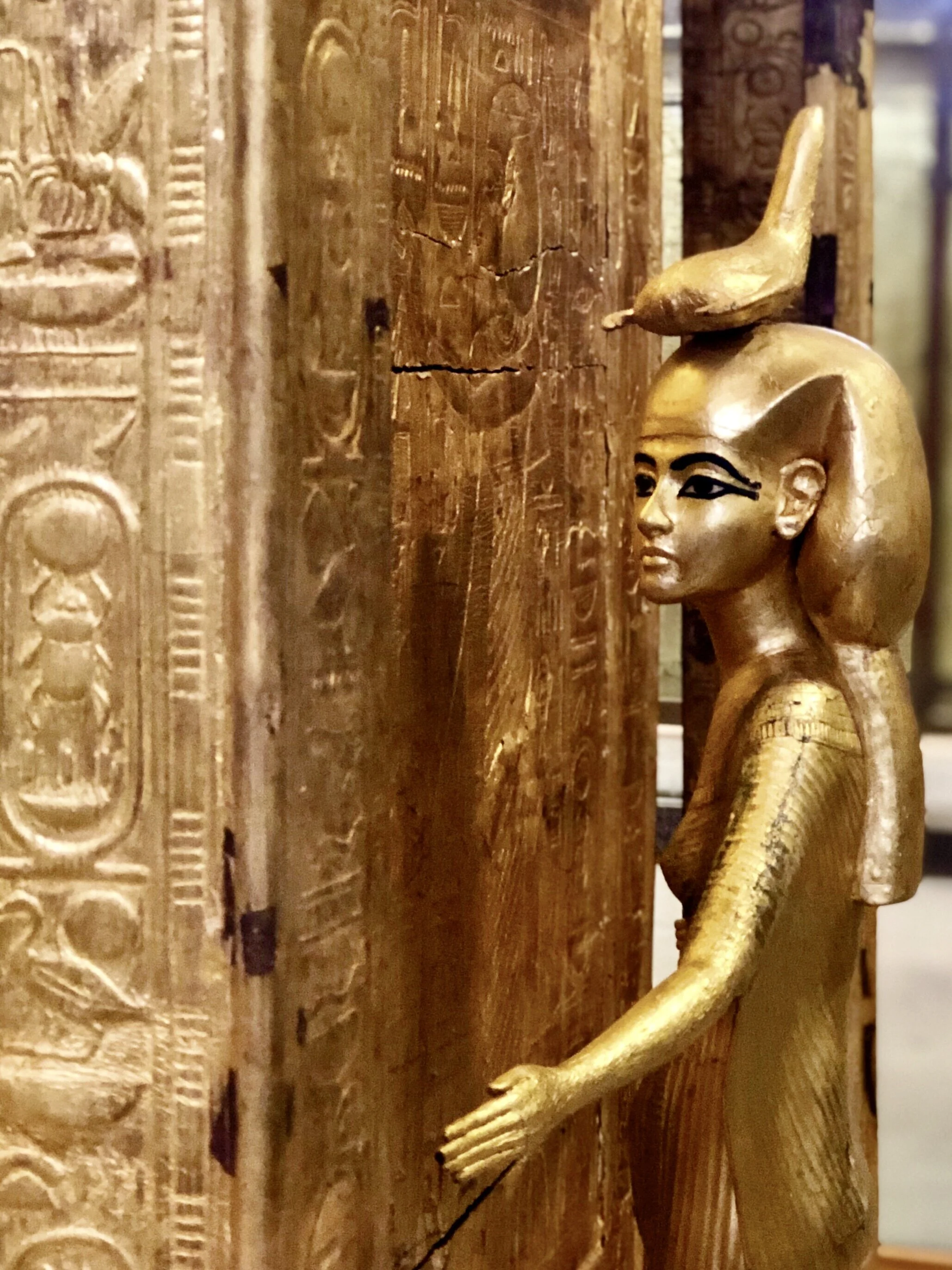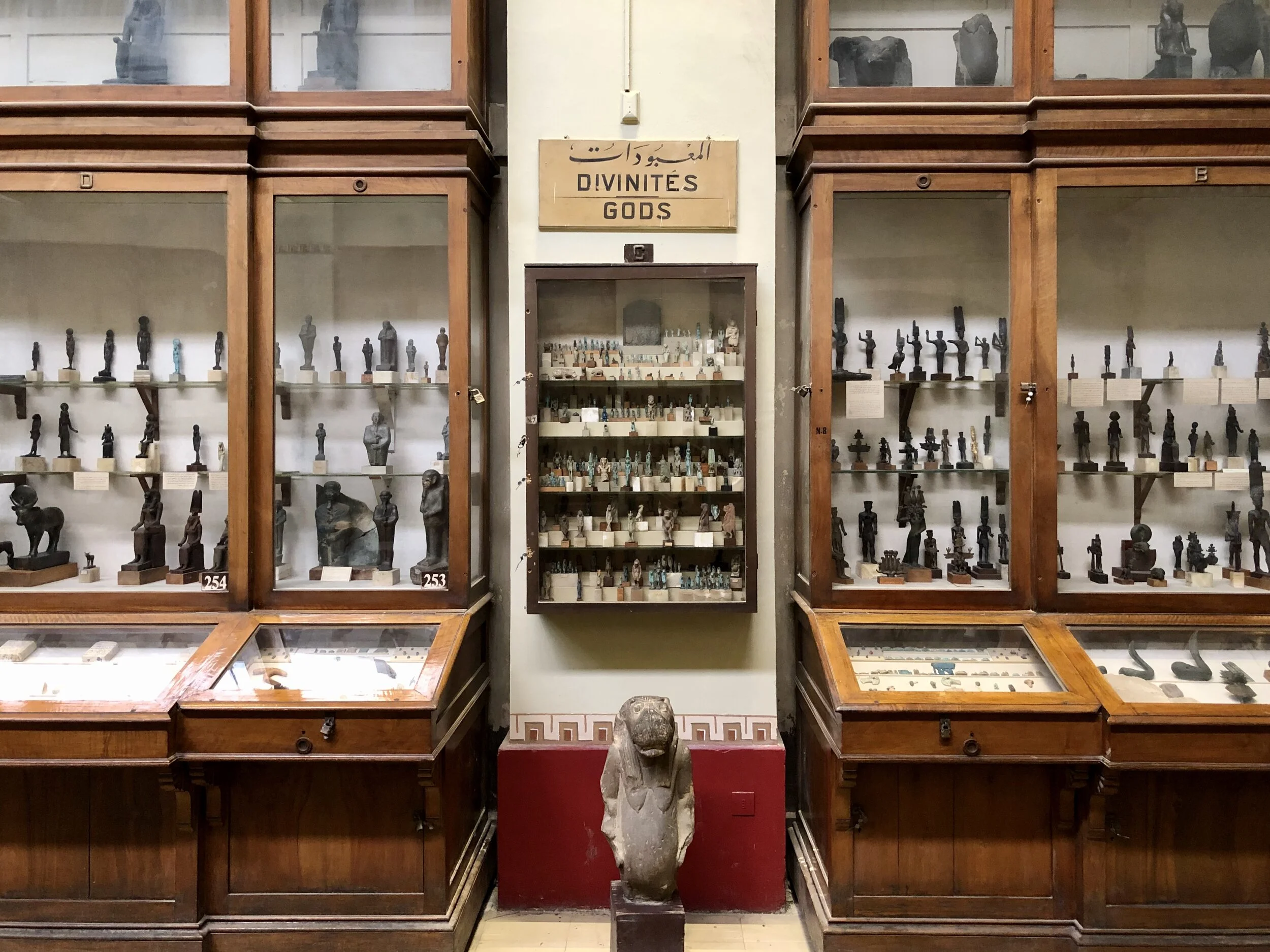From camel chaos to temple adventures, this Egypt family travel story blends ancient sites, kid-powered mishaps and heartfelt local moments into one unforgettable trip.
There’s nothing quite like watching your 8-year-old barter for papyrus scrolls with a Cairo street vendor. His tactic? Dramatic sighing and a mournful “But I only have 10 pounds.” (It worked, by the way.)
And so began our deep dive into the chaos, charm and contradictions of Egypt, a land where ancient monuments meet honking tuk-tuks, and your kid suddenly becomes a pint-sized negotiator.
“We discovered that letting go — of schedules, expectations, WiFi — leads to the kinds of memories you can’t make in a classroom or on a screen.”
We hadn’t planned on falling in love. Egypt had been one of those “Well, it’s educational” destinations, a check-the-box history lesson for the kids. But within 24 hours of landing, our agenda unraveled. Not in a bad way, but in that glorious, sun-drenched, sand-between-your-toes kind of way where plans give way to experiences. Opting for one of the curated Egypt tours packages turned out to be our greatest travel hack, providing structure where we needed it, and freedom where we craved it.
BEFORE YOU GO: Ancient Egyptian Words You Should Know
Feluccas, Falafel and Family Chaos
Our first Nile-side morning began with mint tea and a hotel balcony view that could humble even the most screen-addicted teen. The Nile shimmered like it knew it was important. Down below, feluccas caught the morning light, while a rooster (somehow on the sixth floor?) reminded us that alarm clocks are overrated.
Breakfast was a lesson in logistics, three kids, four plates of ful medames, and one very opinionated guide named Amira, who declared, “Today we walk like Egyptians.” Cue eye rolls from the teenagers. Cue “Walk Like an Egyptian” humming from dad. Cue me silently questioning my life choices.
Yet by midday, we were temple-hopping with the best of them. Karnak left us speechless, partly because of its scale, and partly because we were playing “spot the gods” while sweating profusely. The kids learned to recognize Horus and Anubis like old cartoon characters. I learned that wearing white linen isn’t just stylish; it’s survival.
HOLY HORUS! The Major Egyptian Gods and Goddesses
Kids, Camels and Culture Shock
Camel rides? Predictably chaotic. Our youngest named his camel Beyoncé. Beyoncé had opinions. Mostly about not walking straight. Still, nothing beats watching your children burst into uncontrollable laughter as their parents bounce wildly through the desert like disjointed marionettes.
But it wasn’t all slapstick. Somewhere between Giza and Aswan, the lessons snuck in. Our middle child, who rarely looks up from her phone, asked if we could visit a Coptic church “just to see.” Later, our eldest scribbled down notes about hieroglyphs, claiming it was “for a school project.” (Sure it was.) And all of us, parents included, began saying “Inshallah” with frightening regularity.
The Food That Made Us Stay a Little Longer
Egyptian food is like that cousin who insists you try just one more bite. And then five more. Shawarma wraps became our lunch religion. Koshari, a carb-on-carb-on-carb masterpiece, had the kids questioning everything they thought they knew about dinner. And don’t even get me started on the desserts: basbousa, konafa — sticky, sweet, and somehow always appearing just when you said you were full.
One night, our guide invited us for a home-cooked meal with her extended family. We sat on floor cushions, passed dishes around with our hands, and managed to communicate with smiles, hand gestures, and the universal language of children upending a bowl of lentils.
What We Took Home (Besides Sand in Our Socks)
Travel doesn’t always go as planned. You miss a train. Someone gets food poisoning. You accidentally offend a shopkeeper by declining tea. (Pro tip: Just drink the tea.) But in Egypt, those moments weren’t failures; they were the trip.
Our youngest now claims he wants to be an archaeologist. The middle one added “learn Arabic” to her birthday wish list. And we, the tired grownups, discovered that letting go — of schedules, expectations, WiFi — leads to the kinds of memories you can’t make in a classroom or on a screen.
So if you’re thinking of going, with kids, with chaos, with curiosity, Egypt’s got room for it all. Just pack extra patience, an open heart, and maybe a few 10-pound notes for some persuasive bargaining practice. –Jarno van Bazel


